一 : 2009年至2014年全国大学生数学竞赛试卷和解答——非数学类
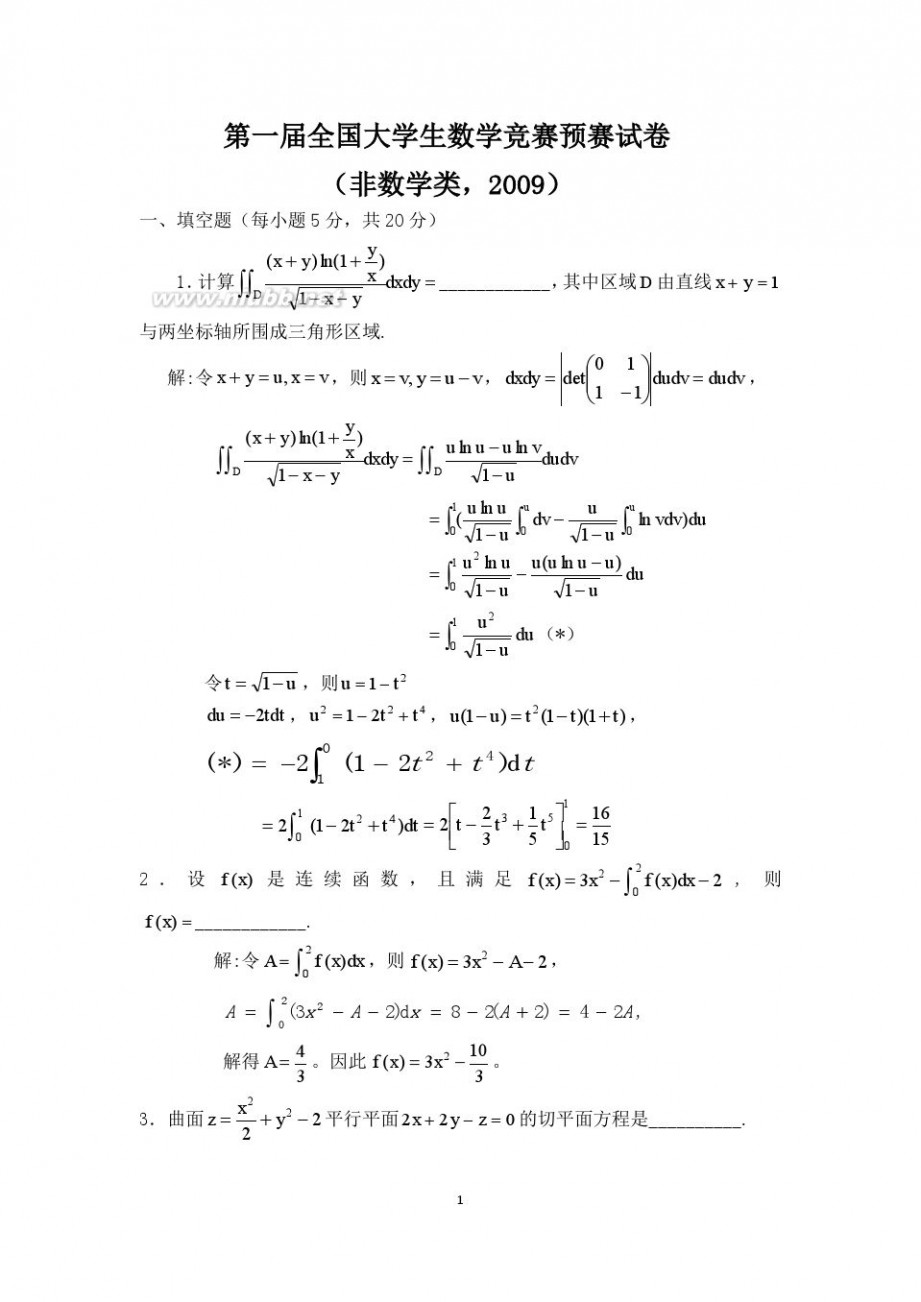
大学生数学竞赛 2009年至2014年全国大学生数学竞赛试卷和解答——非数学类

大学生数学竞赛 2009年至2014年全国大学生数学竞赛试卷和解答——非数学类
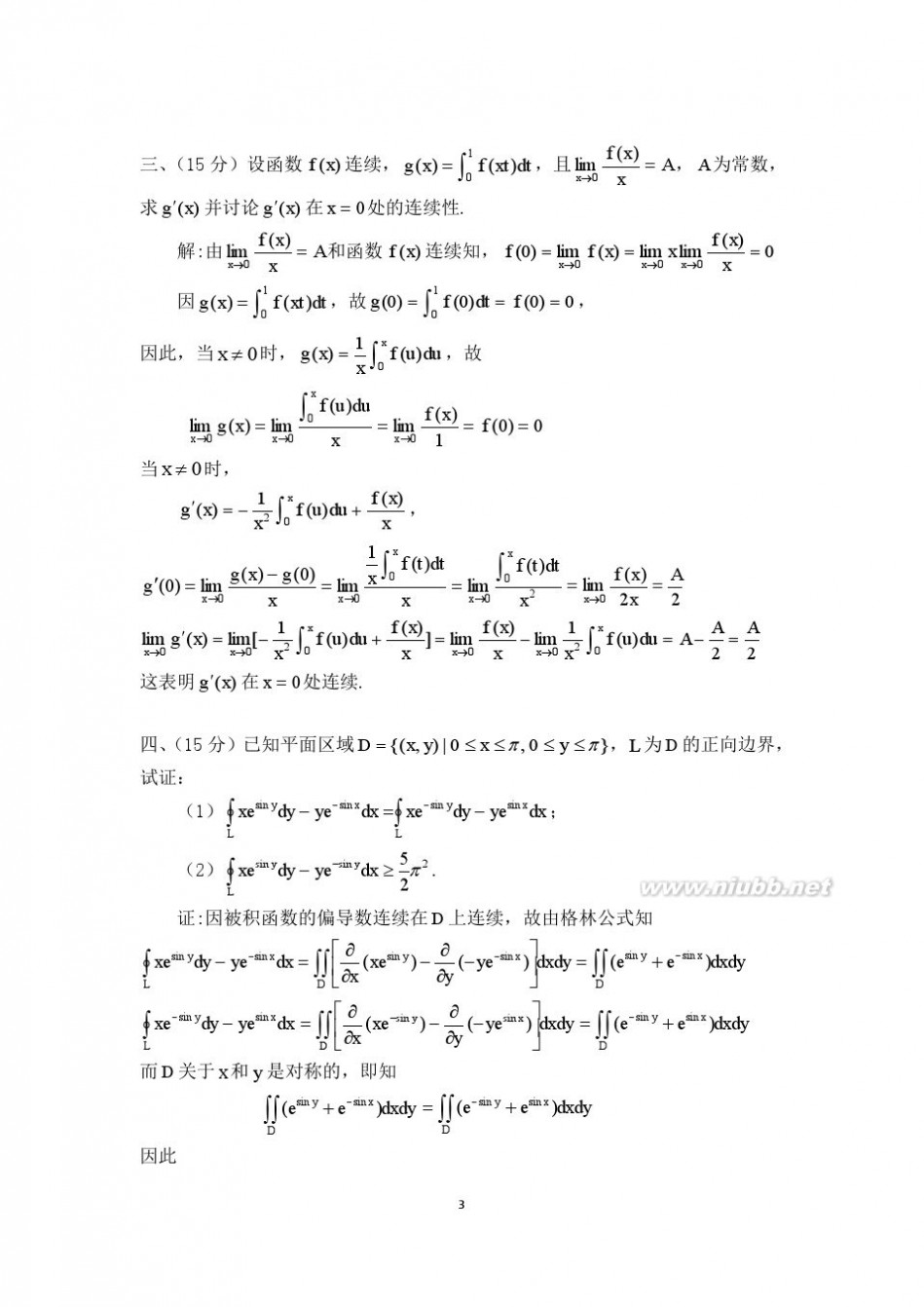
大学生数学竞赛 2009年至2014年全国大学生数学竞赛试卷和解答——非数学类
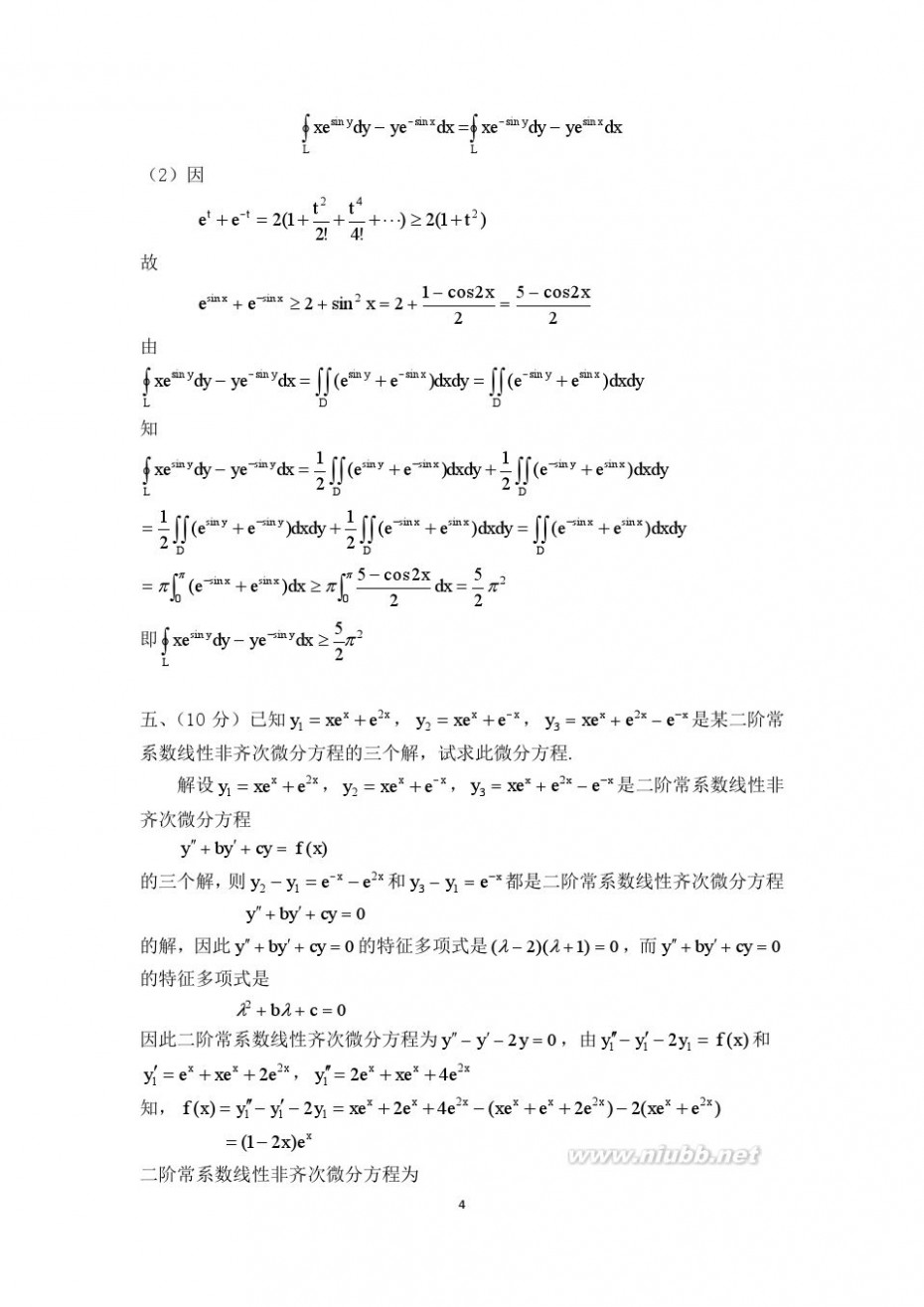
大学生数学竞赛 2009年至2014年全国大学生数学竞赛试卷和解答——非数学类

大学生数学竞赛 2009年至2014年全国大学生数学竞赛试卷和解答——非数学类
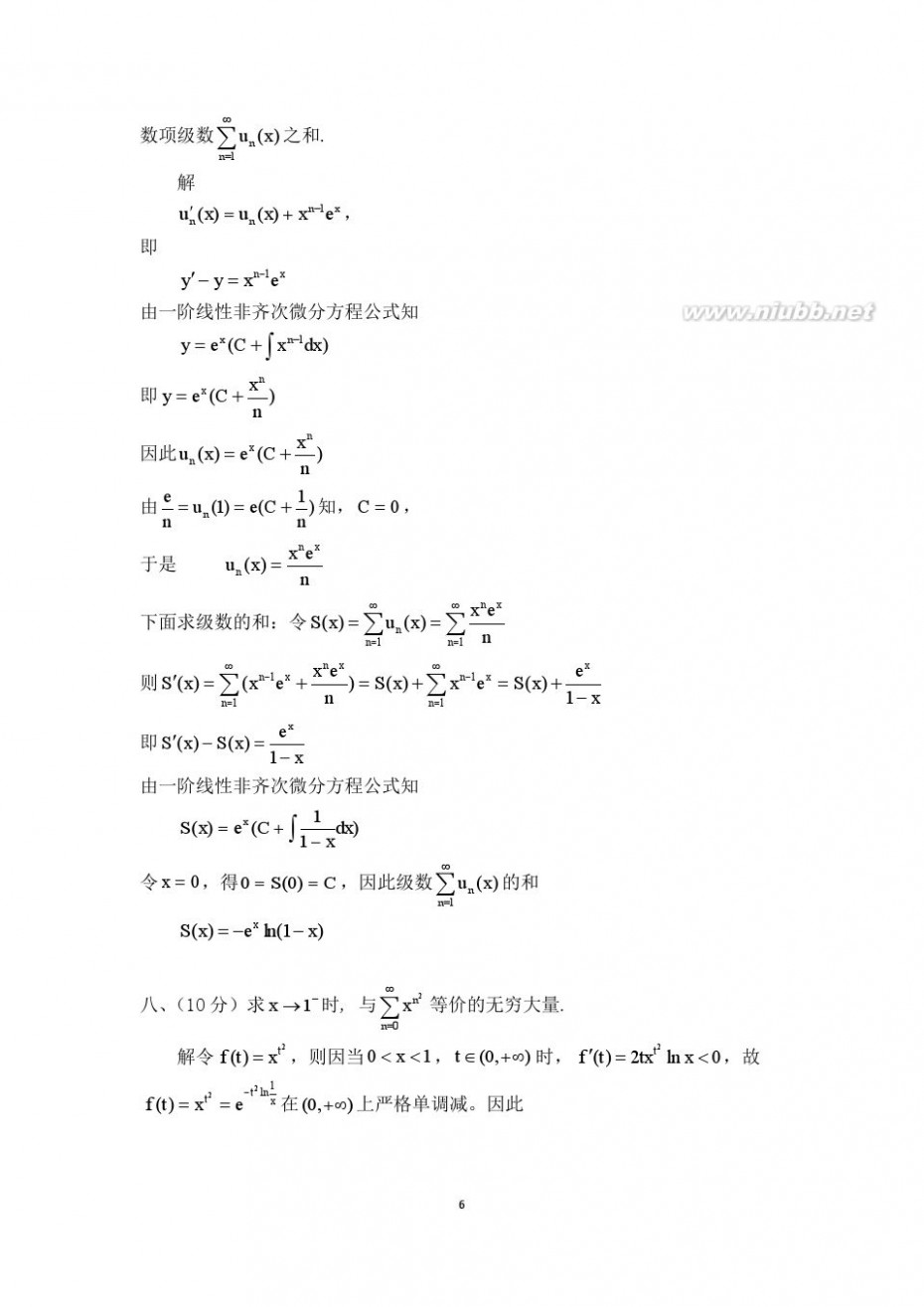
大学生数学竞赛 2009年至2014年全国大学生数学竞赛试卷和解答——非数学类
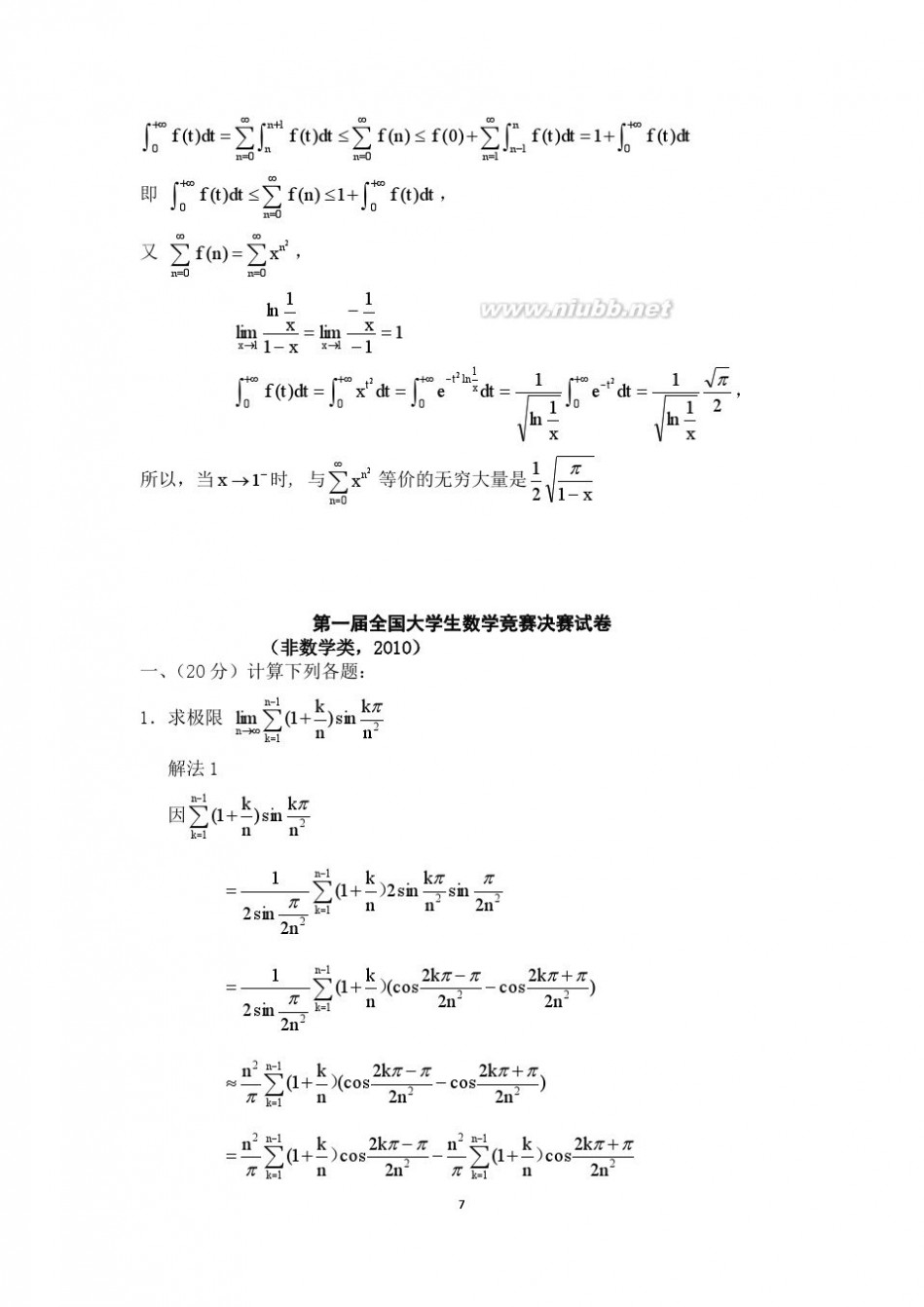
大学生数学竞赛 2009年至2014年全国大学生数学竞赛试卷和解答——非数学类
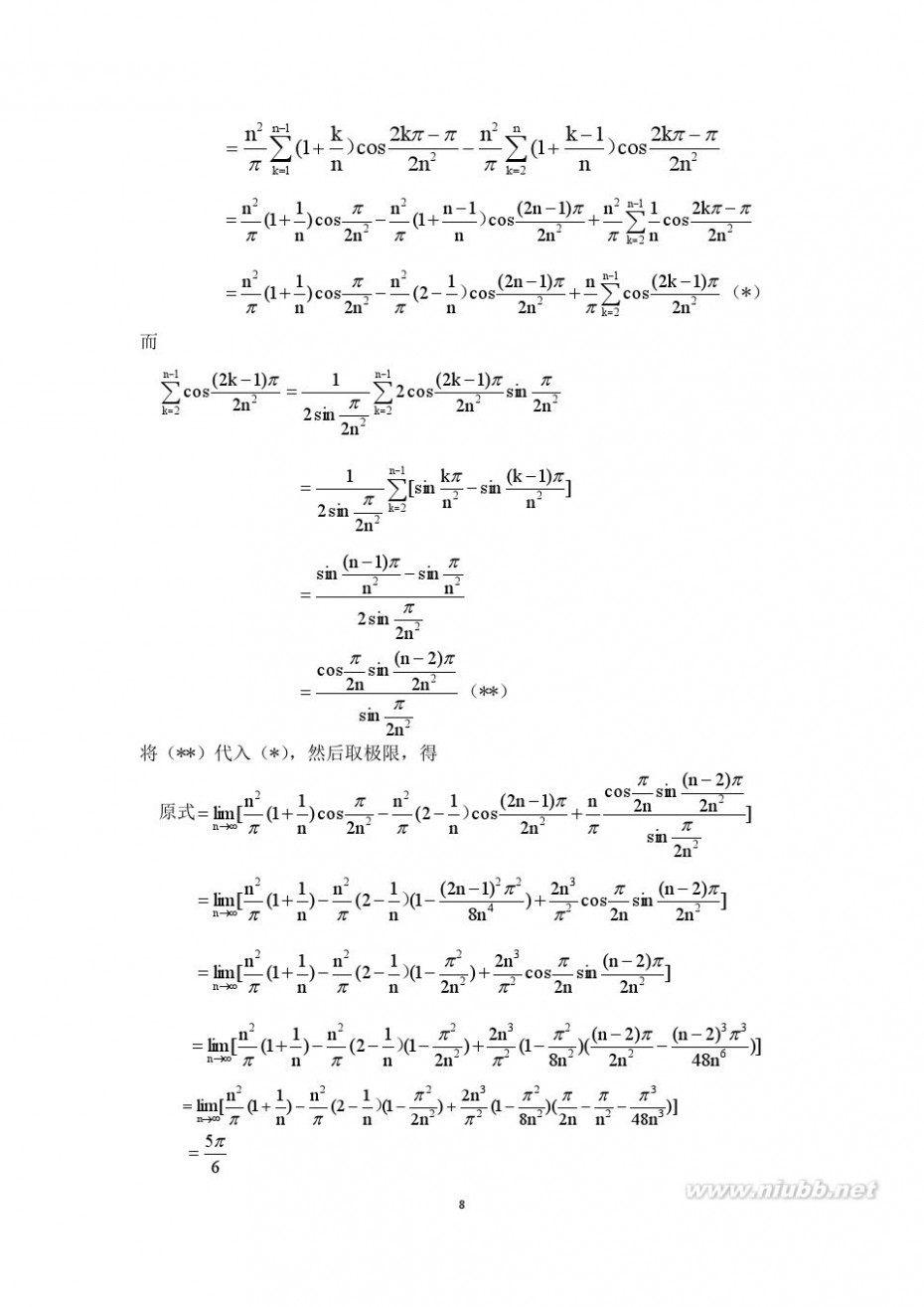
大学生数学竞赛 2009年至2014年全国大学生数学竞赛试卷和解答——非数学类

大学生数学竞赛 2009年至2014年全国大学生数学竞赛试卷和解答——非数学类

大学生数学竞赛 2009年至2014年全国大学生数学竞赛试卷和解答——非数学类

大学生数学竞赛 2009年至2014年全国大学生数学竞赛试卷和解答——非数学类
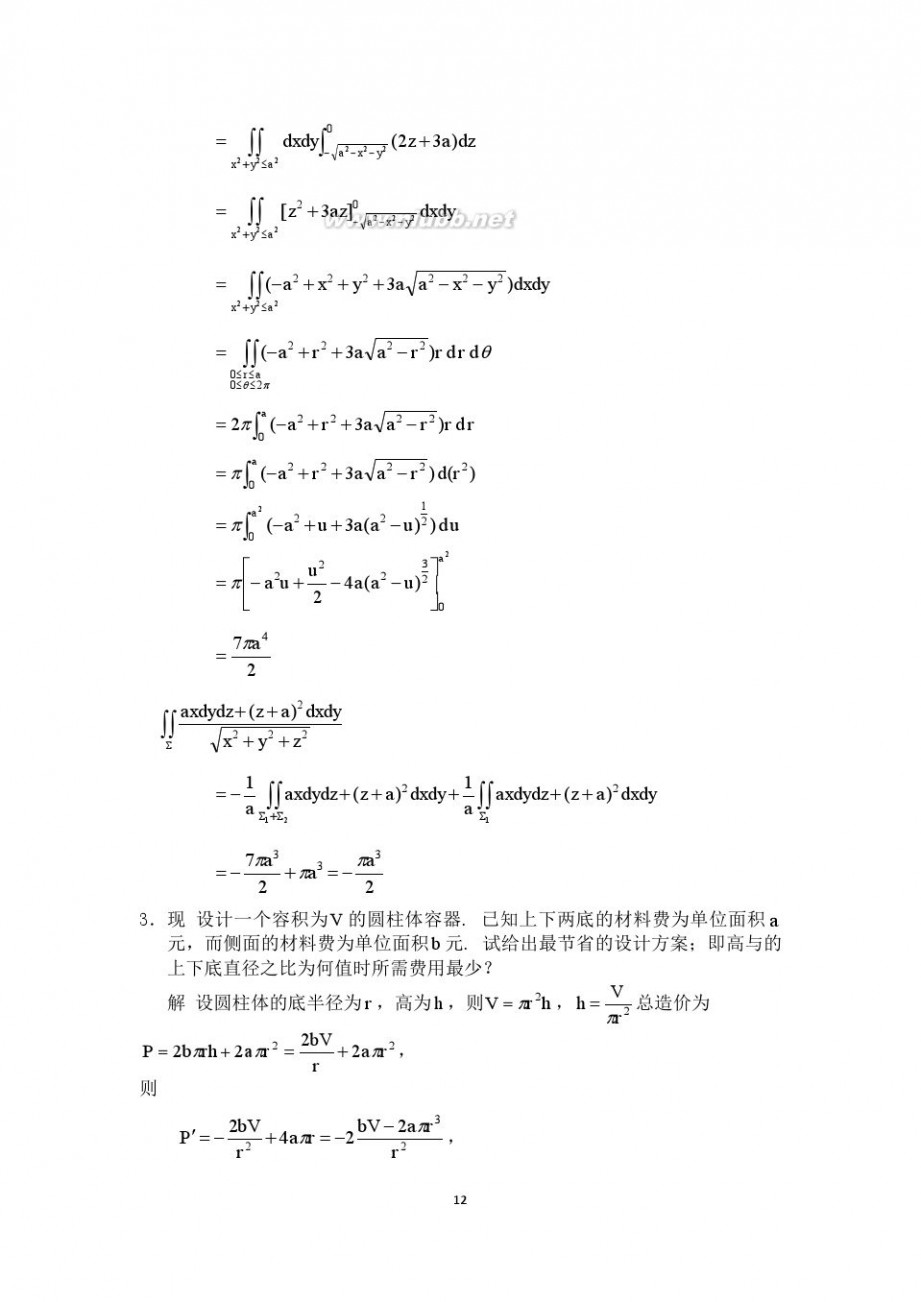
大学生数学竞赛 2009年至2014年全国大学生数学竞赛试卷和解答——非数学类

大学生数学竞赛 2009年至2014年全国大学生数学竞赛试卷和解答——非数学类
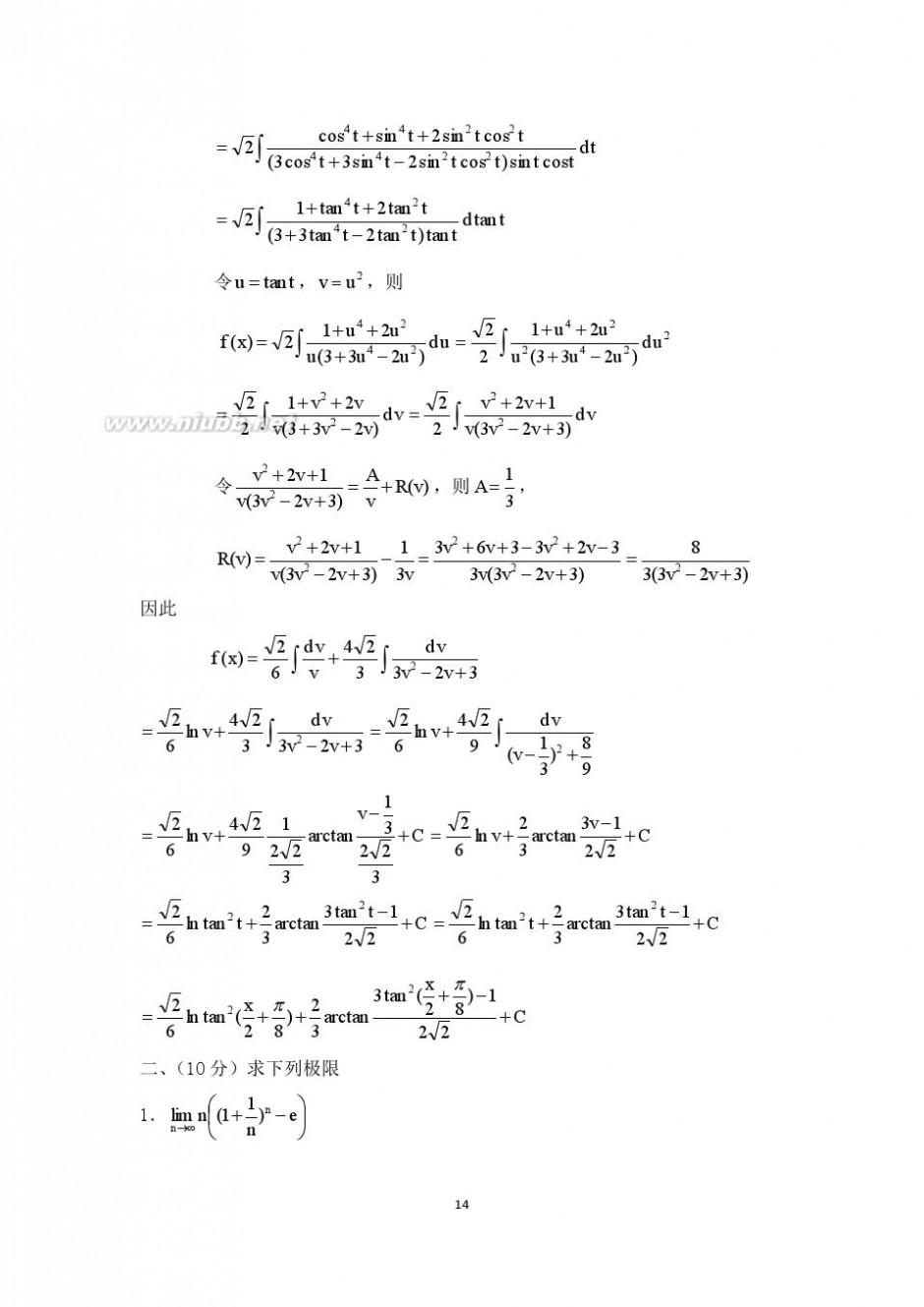
大学生数学竞赛 2009年至2014年全国大学生数学竞赛试卷和解答——非数学类
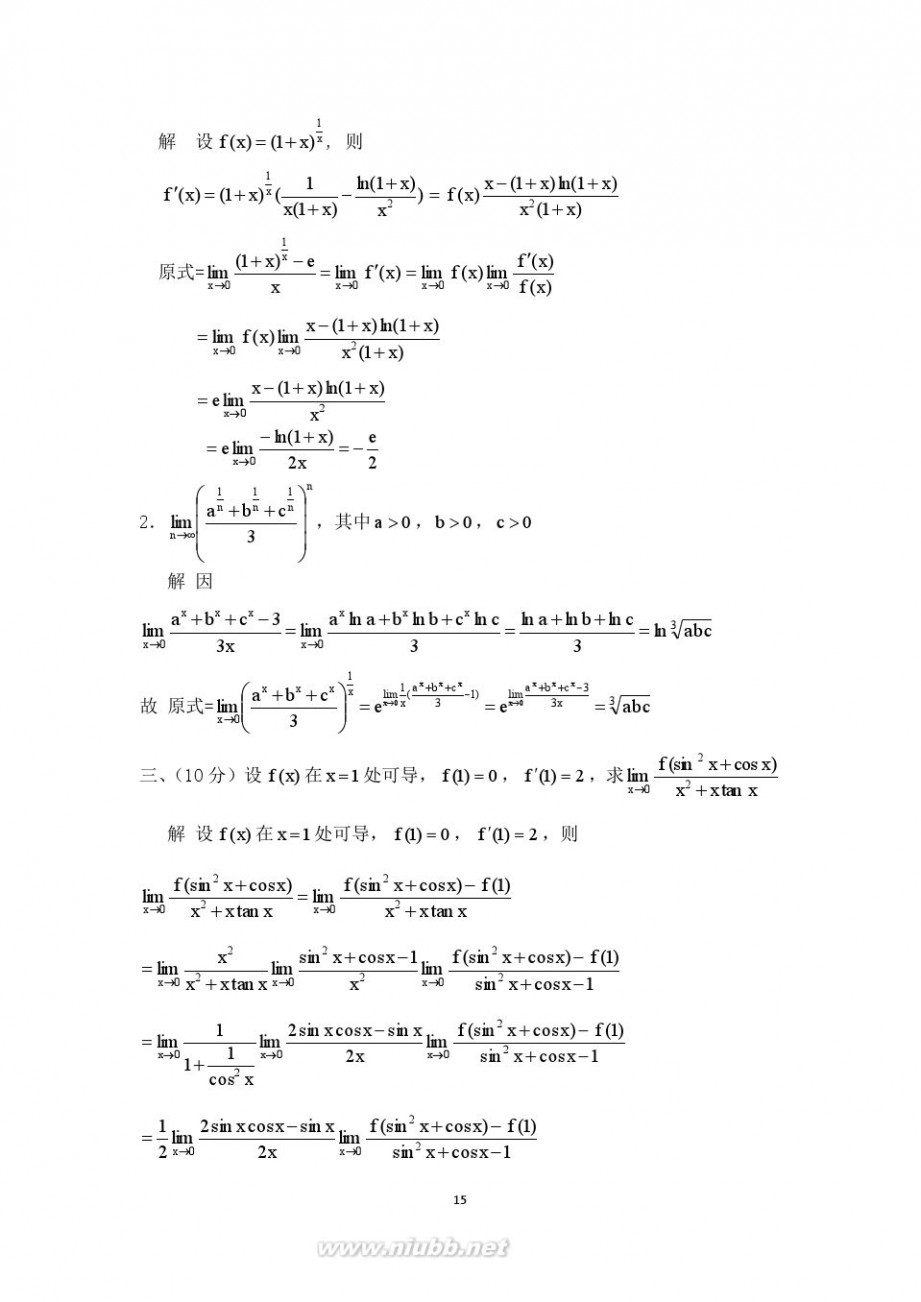
大学生数学竞赛 2009年至2014年全国大学生数学竞赛试卷和解答——非数学类
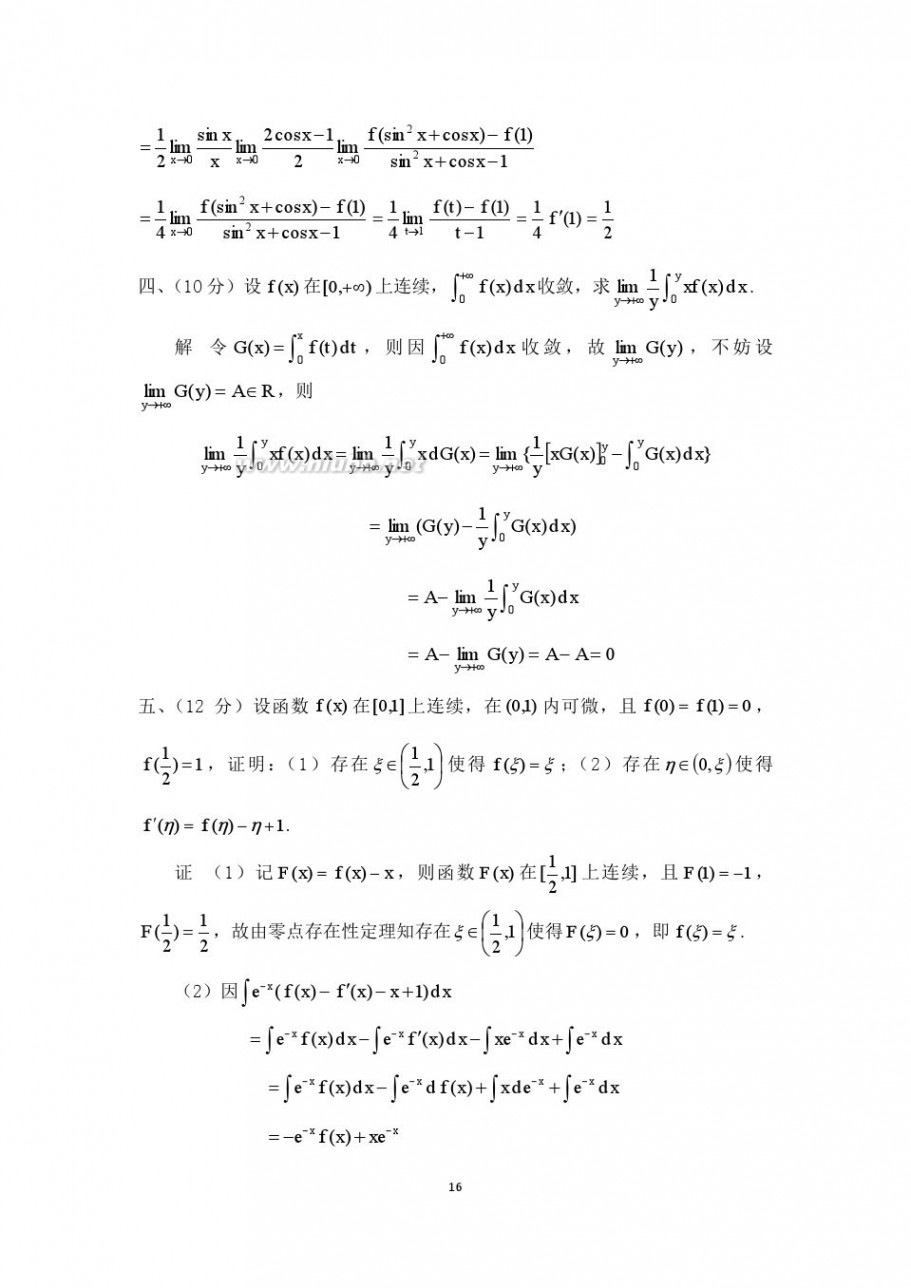
大学生数学竞赛 2009年至2014年全国大学生数学竞赛试卷和解答——非数学类
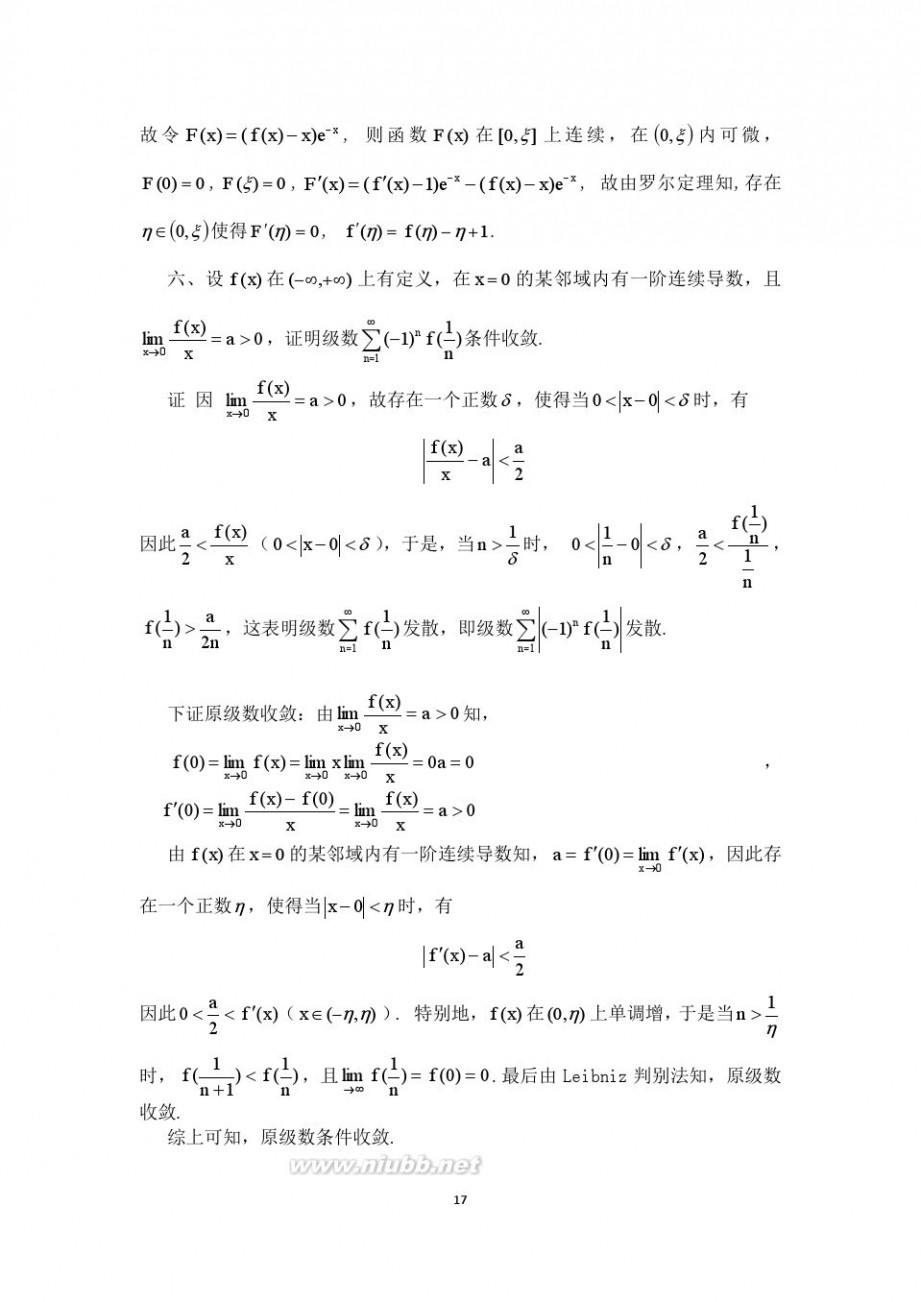
大学生数学竞赛 2009年至2014年全国大学生数学竞赛试卷和解答——非数学类

大学生数学竞赛 2009年至2014年全国大学生数学竞赛试卷和解答——非数学类
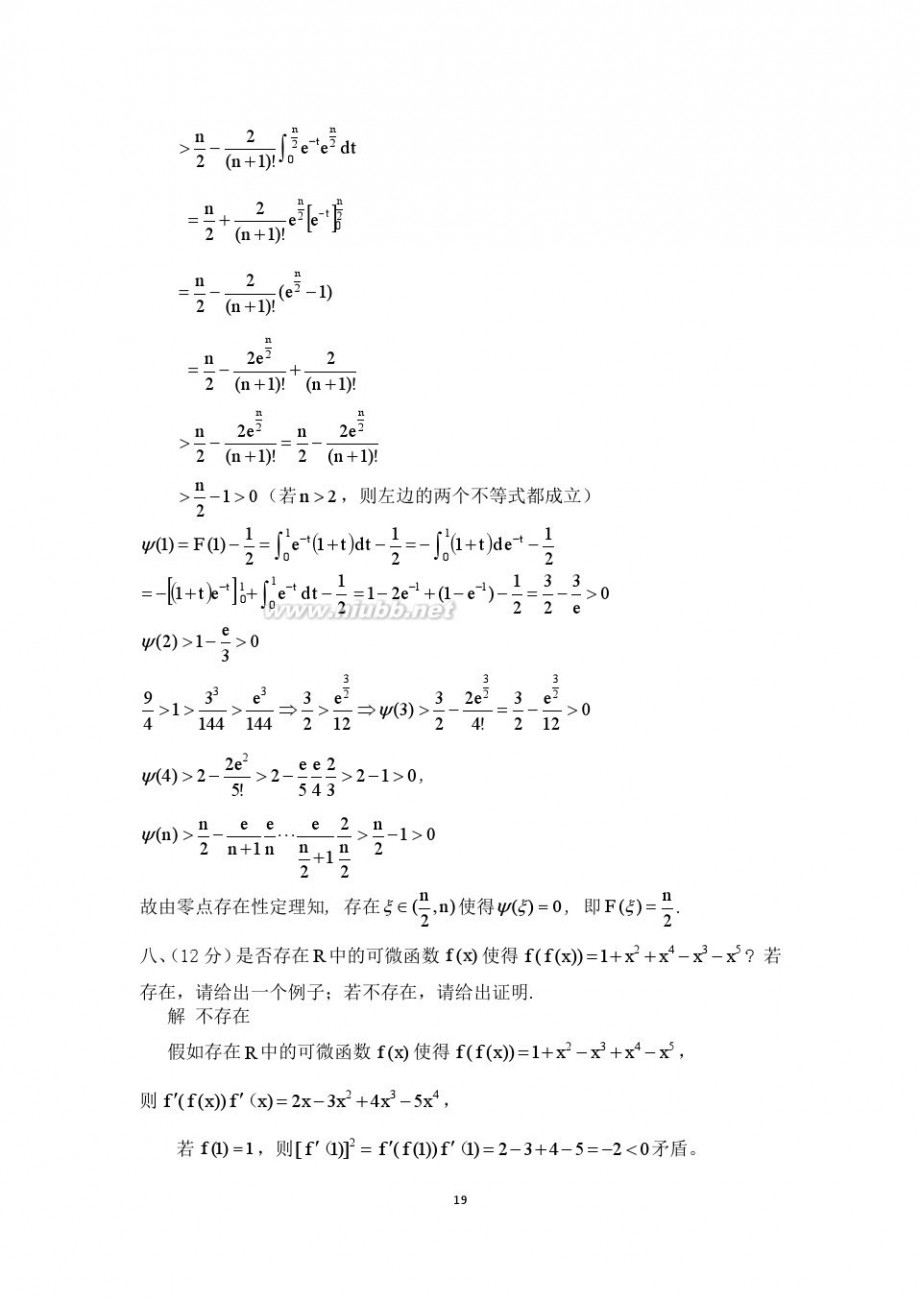
大学生数学竞赛 2009年至2014年全国大学生数学竞赛试卷和解答——非数学类
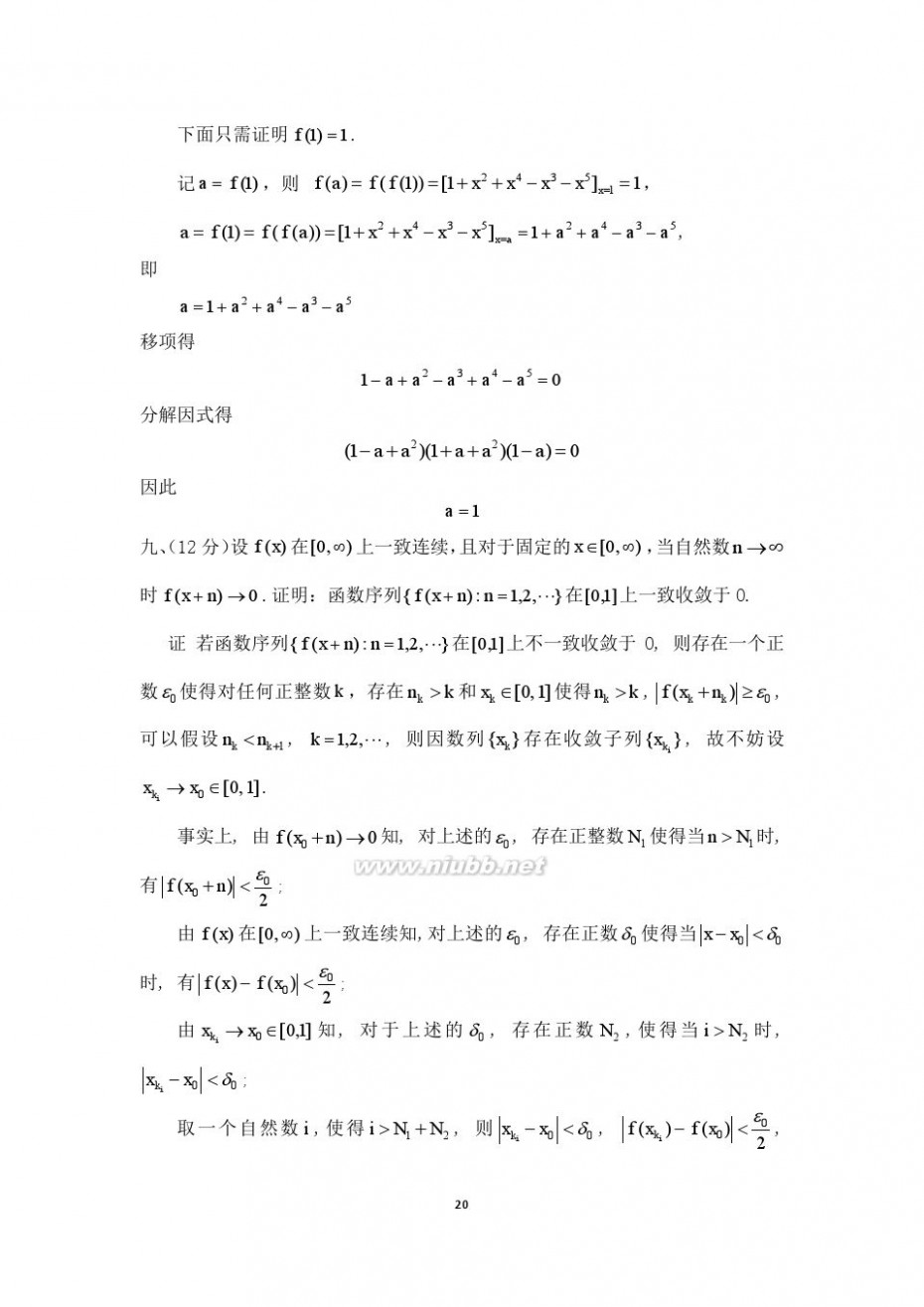
大学生数学竞赛 2009年至2014年全国大学生数学竞赛试卷和解答——非数学类
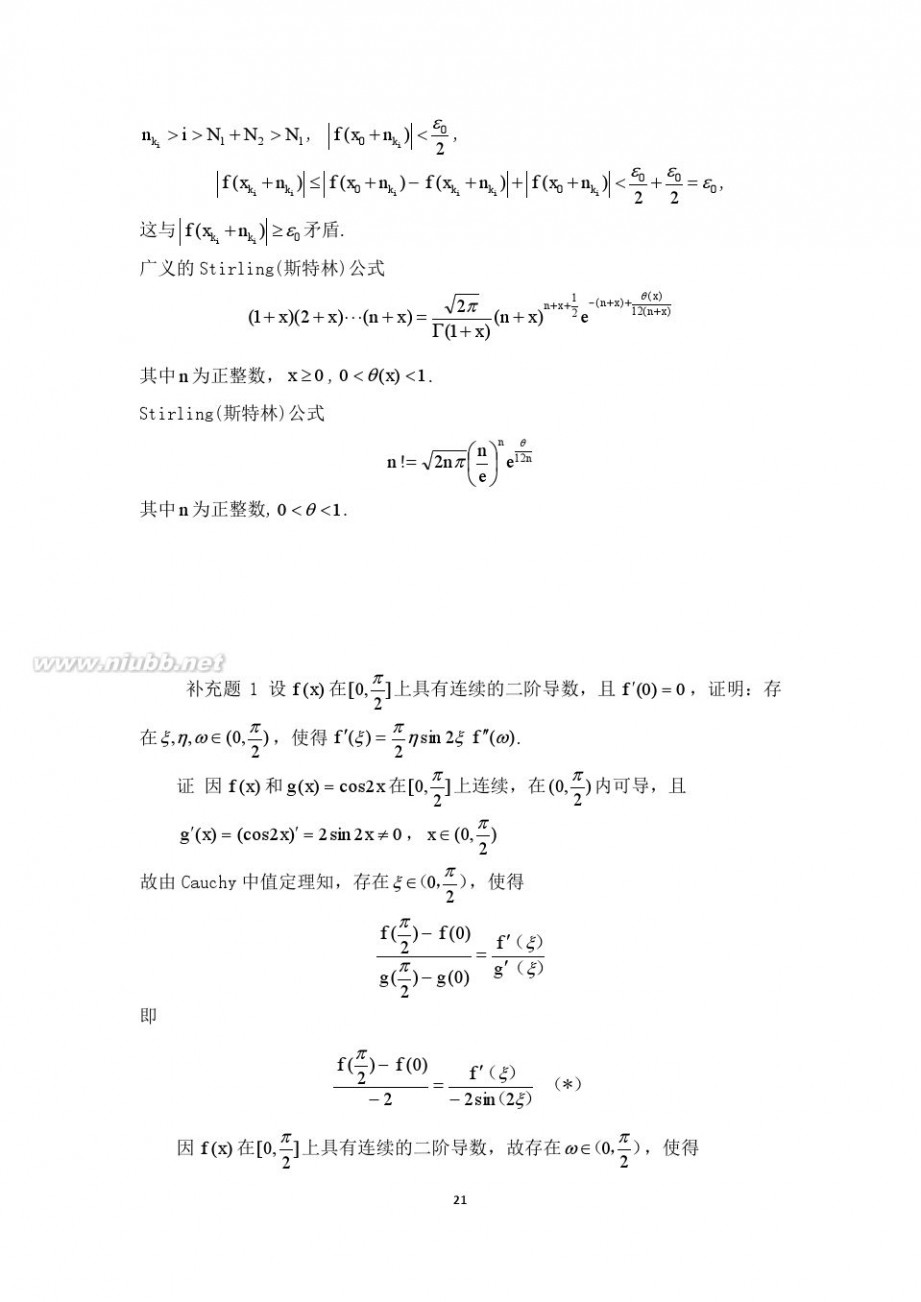
大学生数学竞赛 2009年至2014年全国大学生数学竞赛试卷和解答——非数学类
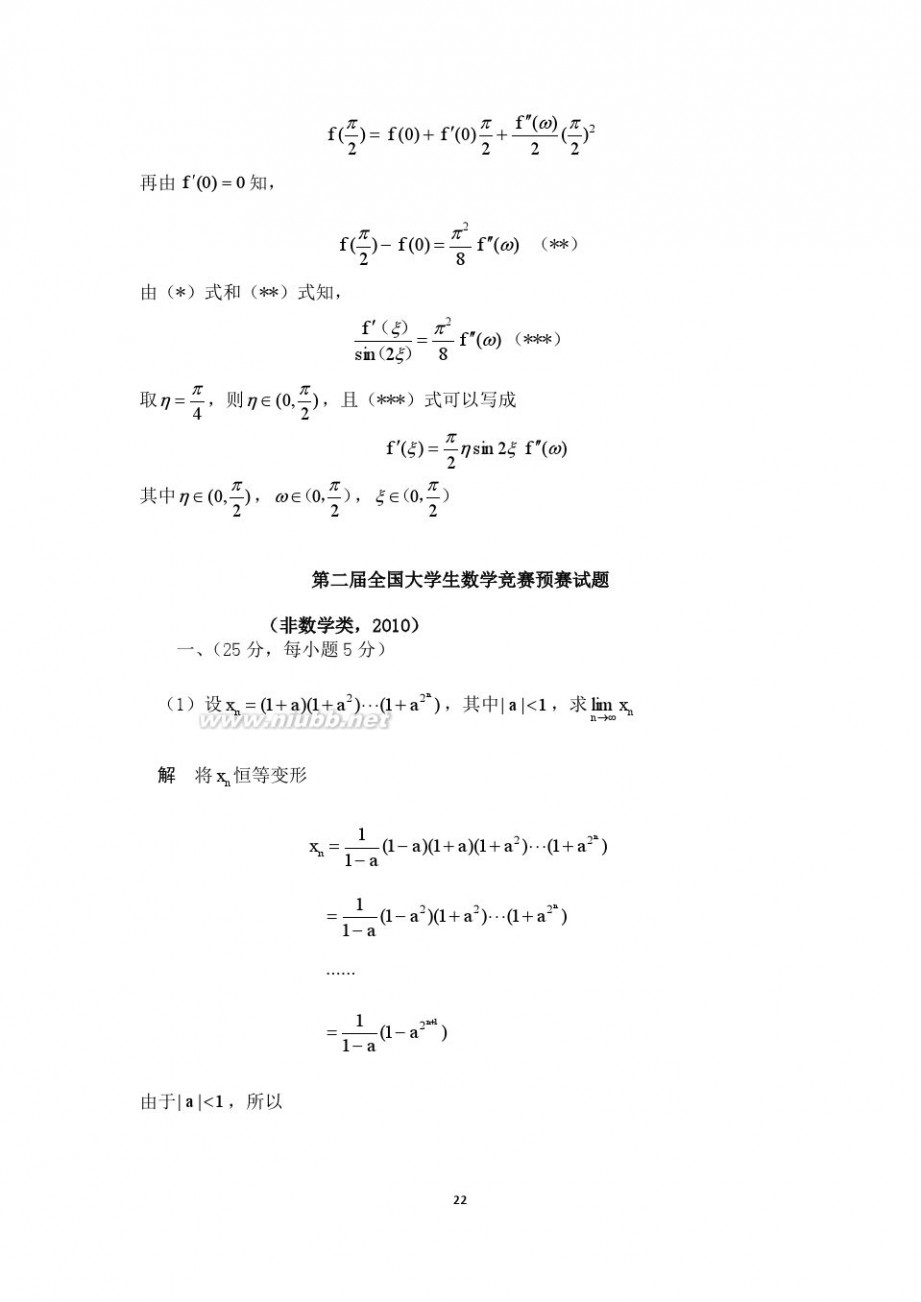
大学生数学竞赛 2009年至2014年全国大学生数学竞赛试卷和解答——非数学类

大学生数学竞赛 2009年至2014年全国大学生数学竞赛试卷和解答——非数学类
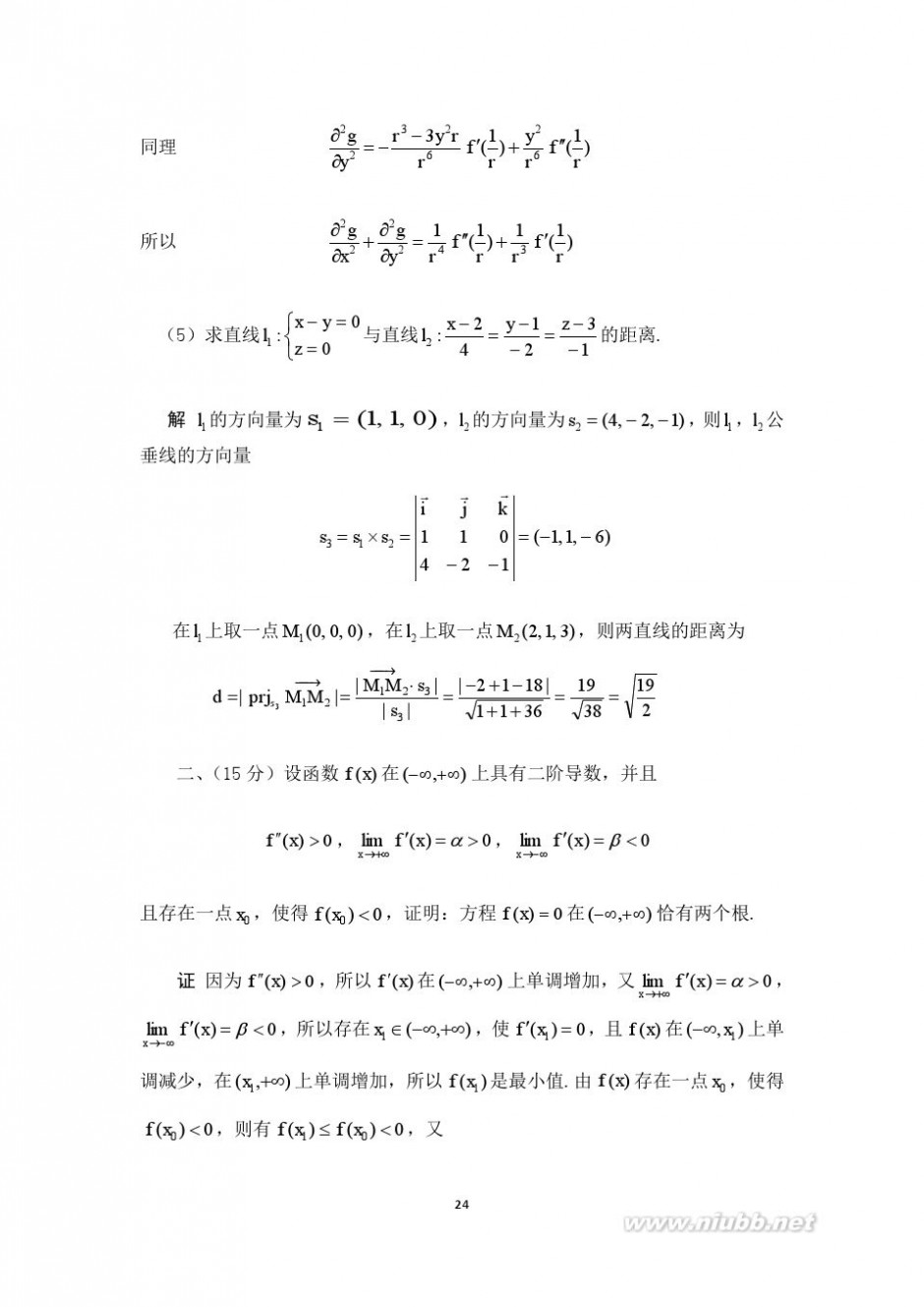
大学生数学竞赛 2009年至2014年全国大学生数学竞赛试卷和解答——非数学类

大学生数学竞赛 2009年至2014年全国大学生数学竞赛试卷和解答——非数学类
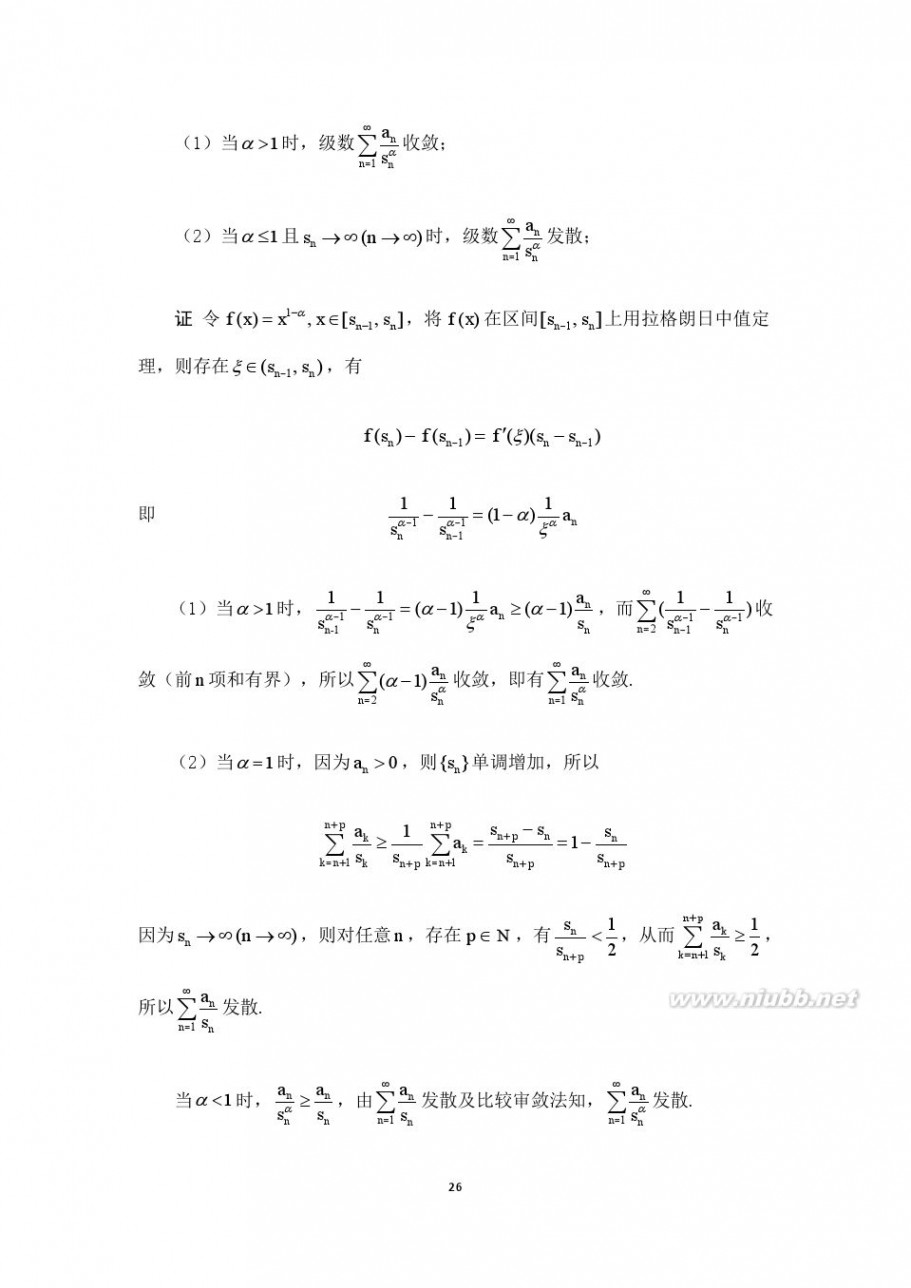
大学生数学竞赛 2009年至2014年全国大学生数学竞赛试卷和解答——非数学类
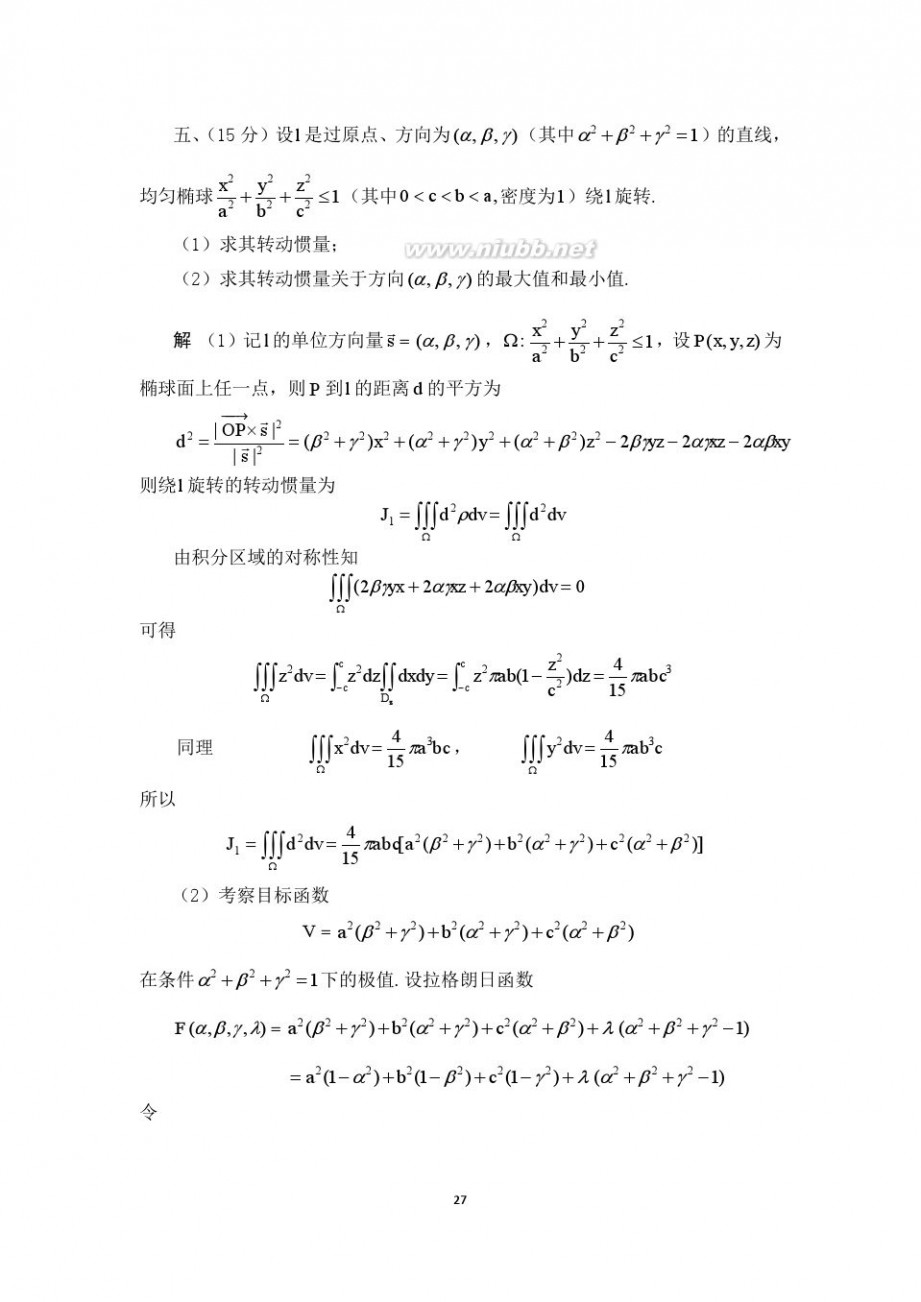
大学生数学竞赛 2009年至2014年全国大学生数学竞赛试卷和解答——非数学类
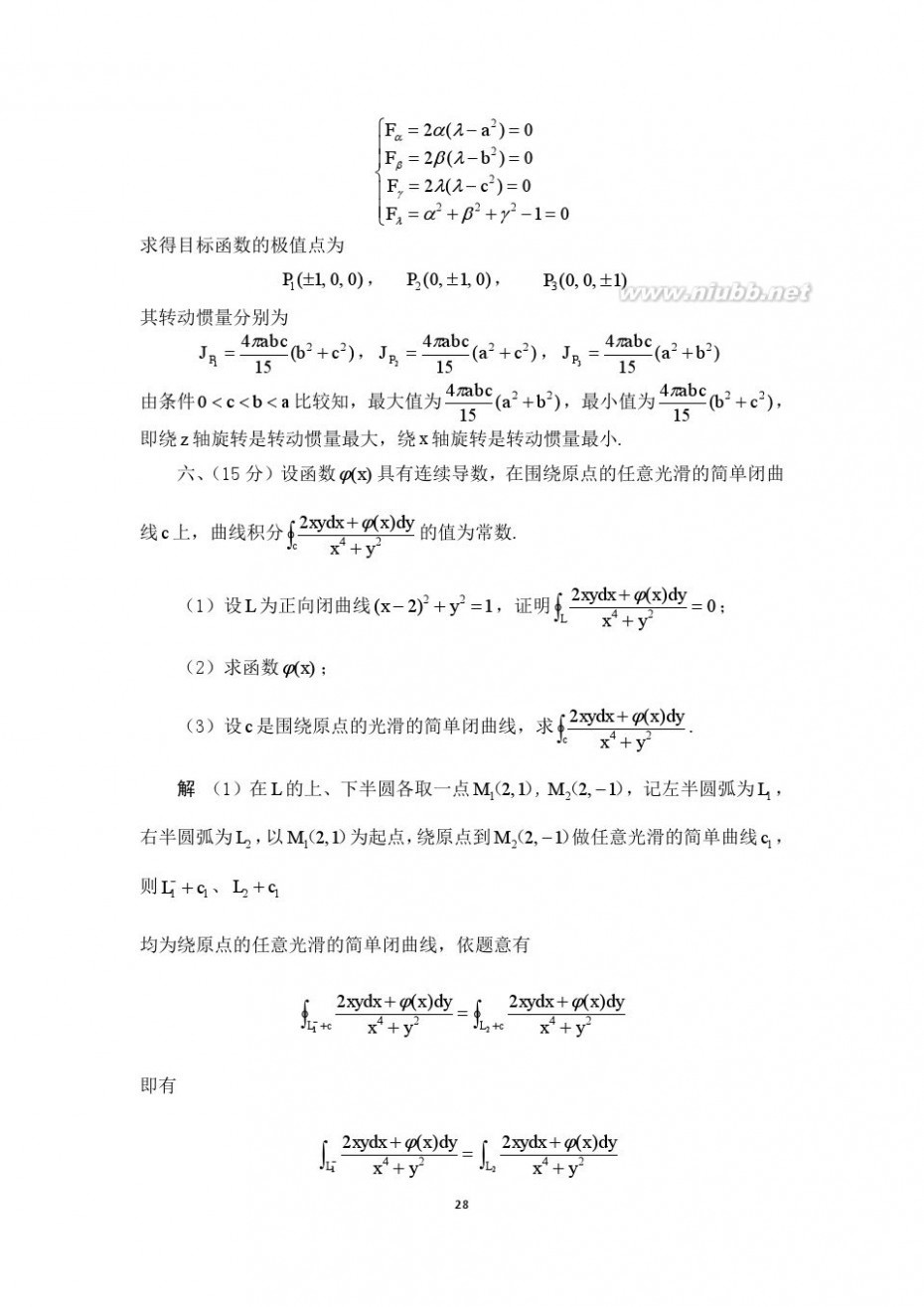
大学生数学竞赛 2009年至2014年全国大学生数学竞赛试卷和解答——非数学类
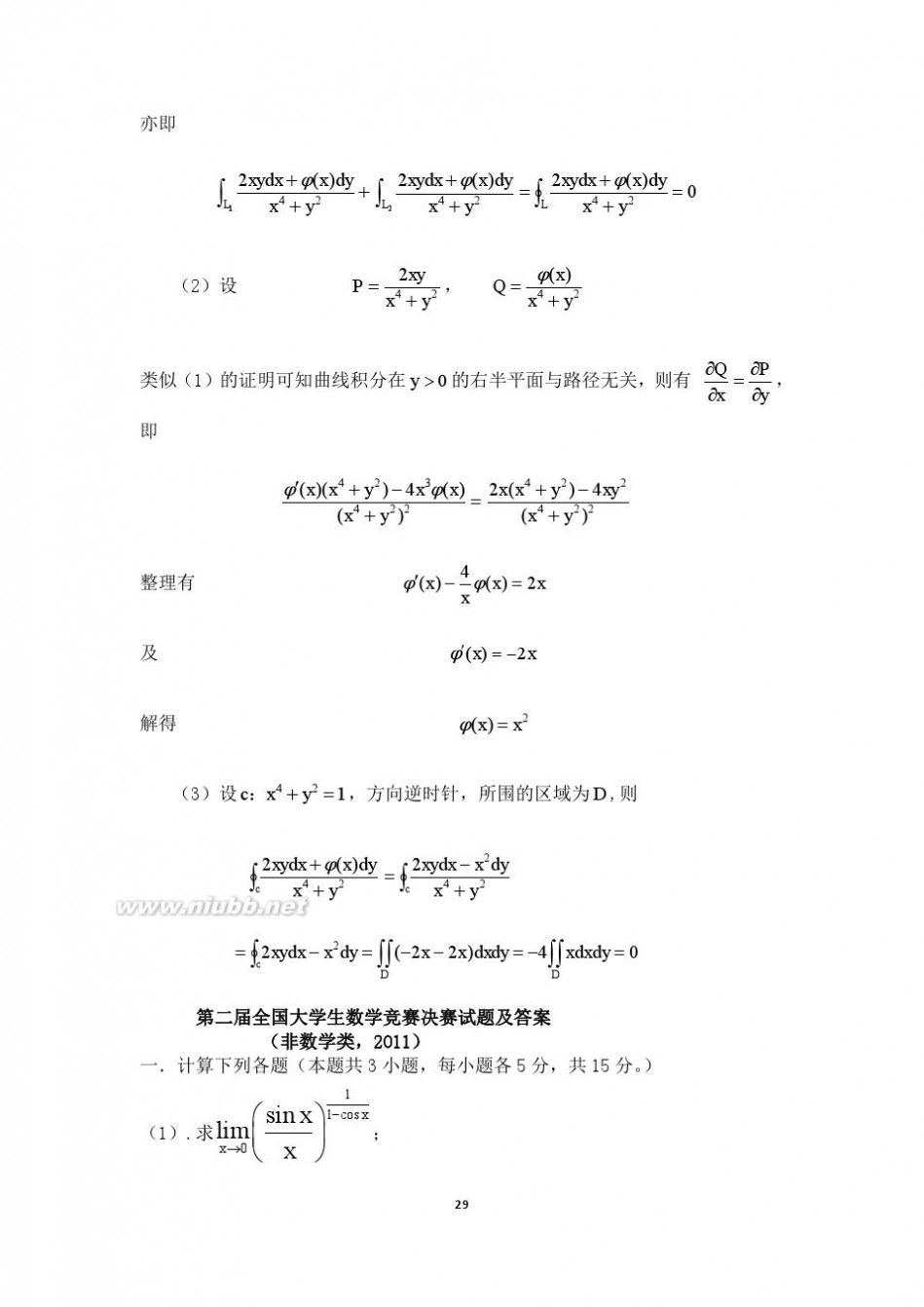
大学生数学竞赛 2009年至2014年全国大学生数学竞赛试卷和解答——非数学类

大学生数学竞赛 2009年至2014年全国大学生数学竞赛试卷和解答——非数学类
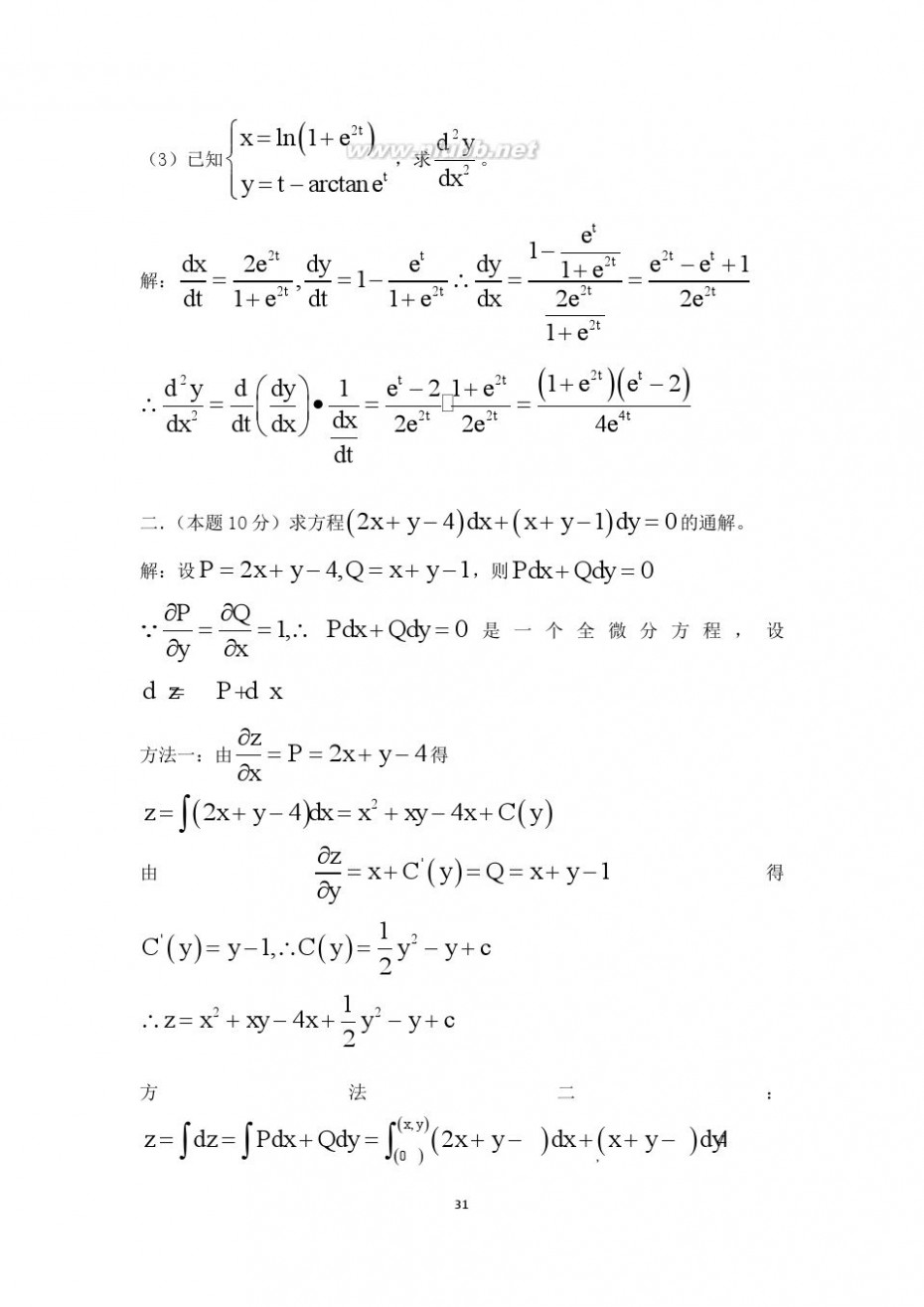
大学生数学竞赛 2009年至2014年全国大学生数学竞赛试卷和解答——非数学类

大学生数学竞赛 2009年至2014年全国大学生数学竞赛试卷和解答——非数学类
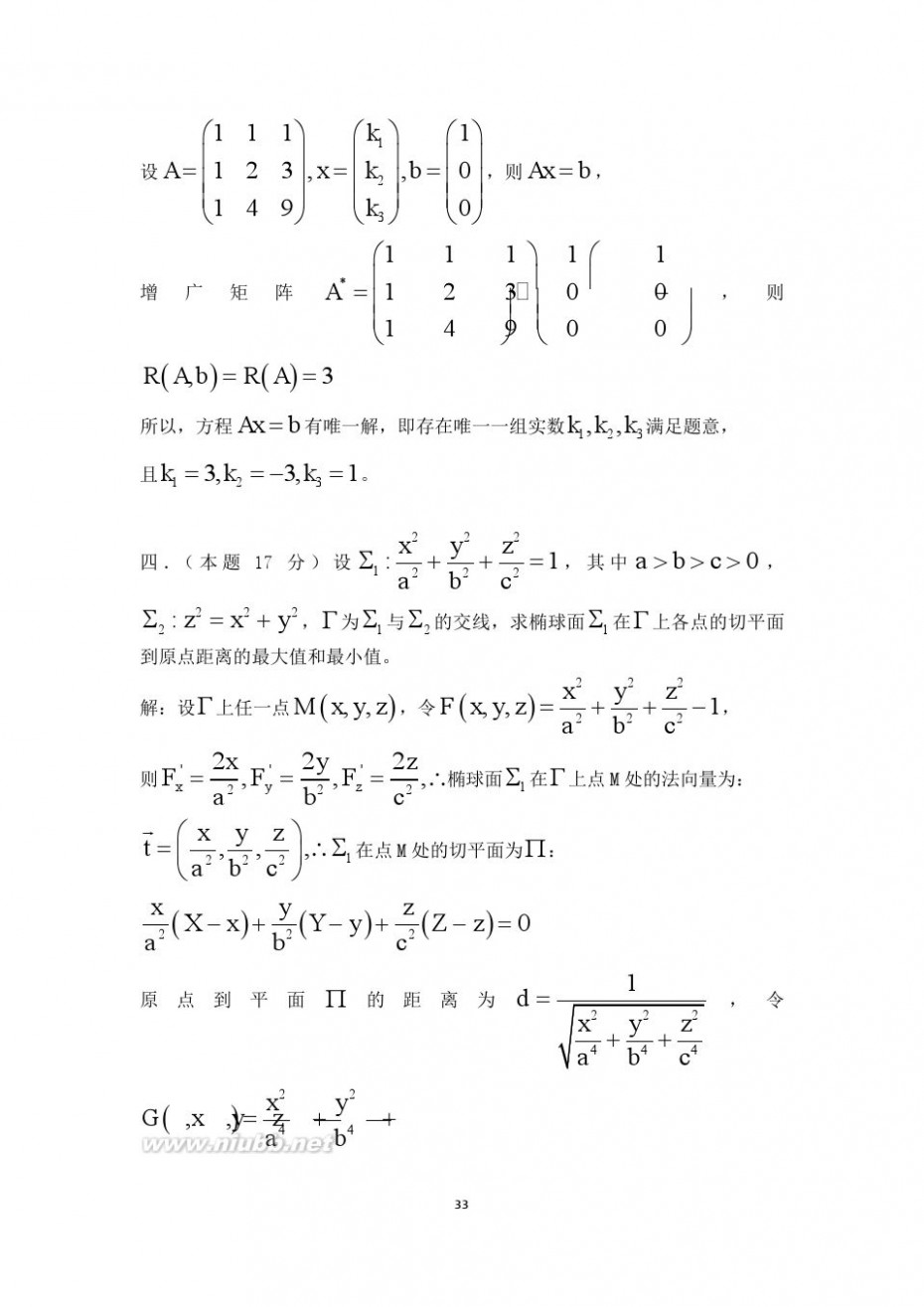
大学生数学竞赛 2009年至2014年全国大学生数学竞赛试卷和解答——非数学类

大学生数学竞赛 2009年至2014年全国大学生数学竞赛试卷和解答——非数学类

大学生数学竞赛 2009年至2014年全国大学生数学竞赛试卷和解答——非数学类
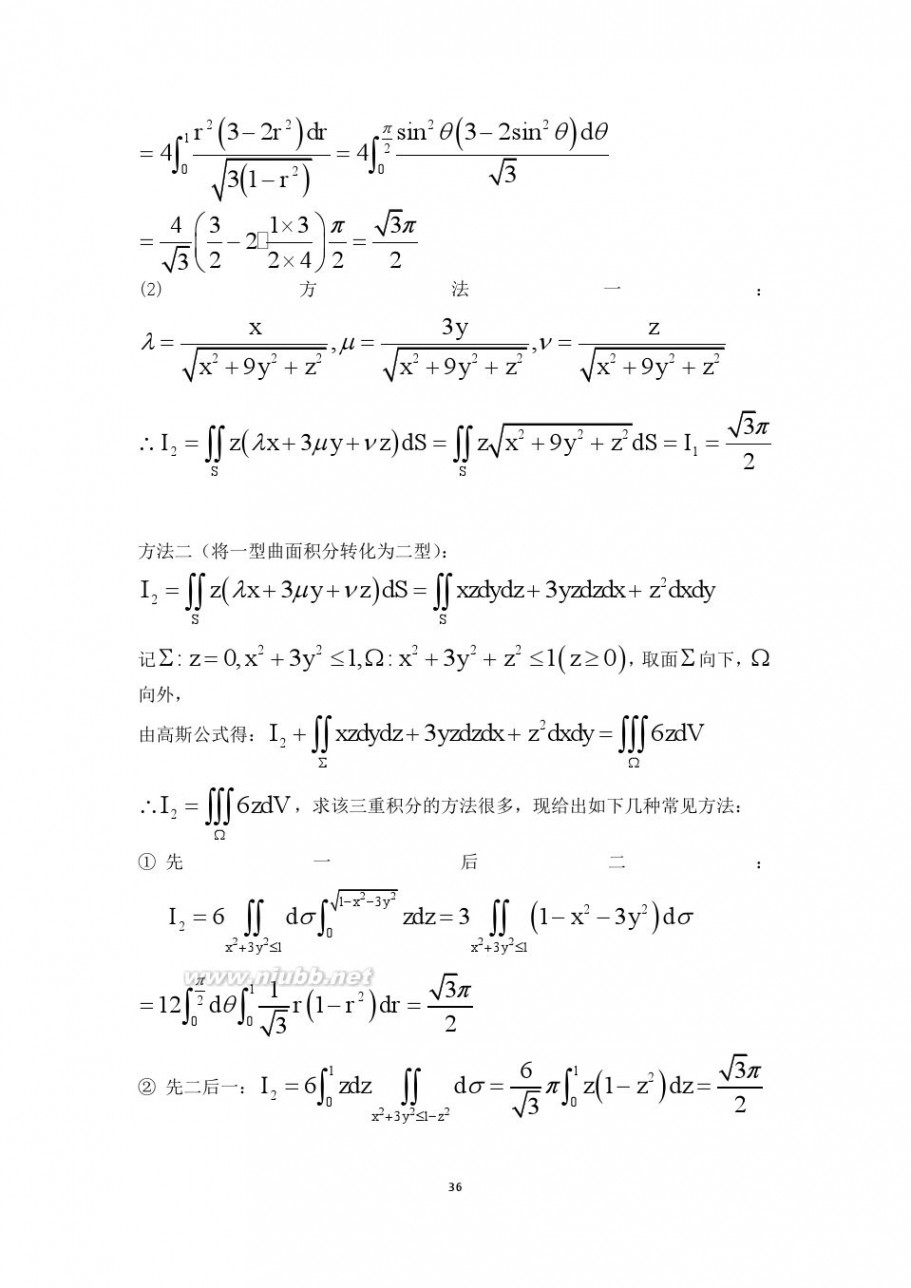
大学生数学竞赛 2009年至2014年全国大学生数学竞赛试卷和解答——非数学类
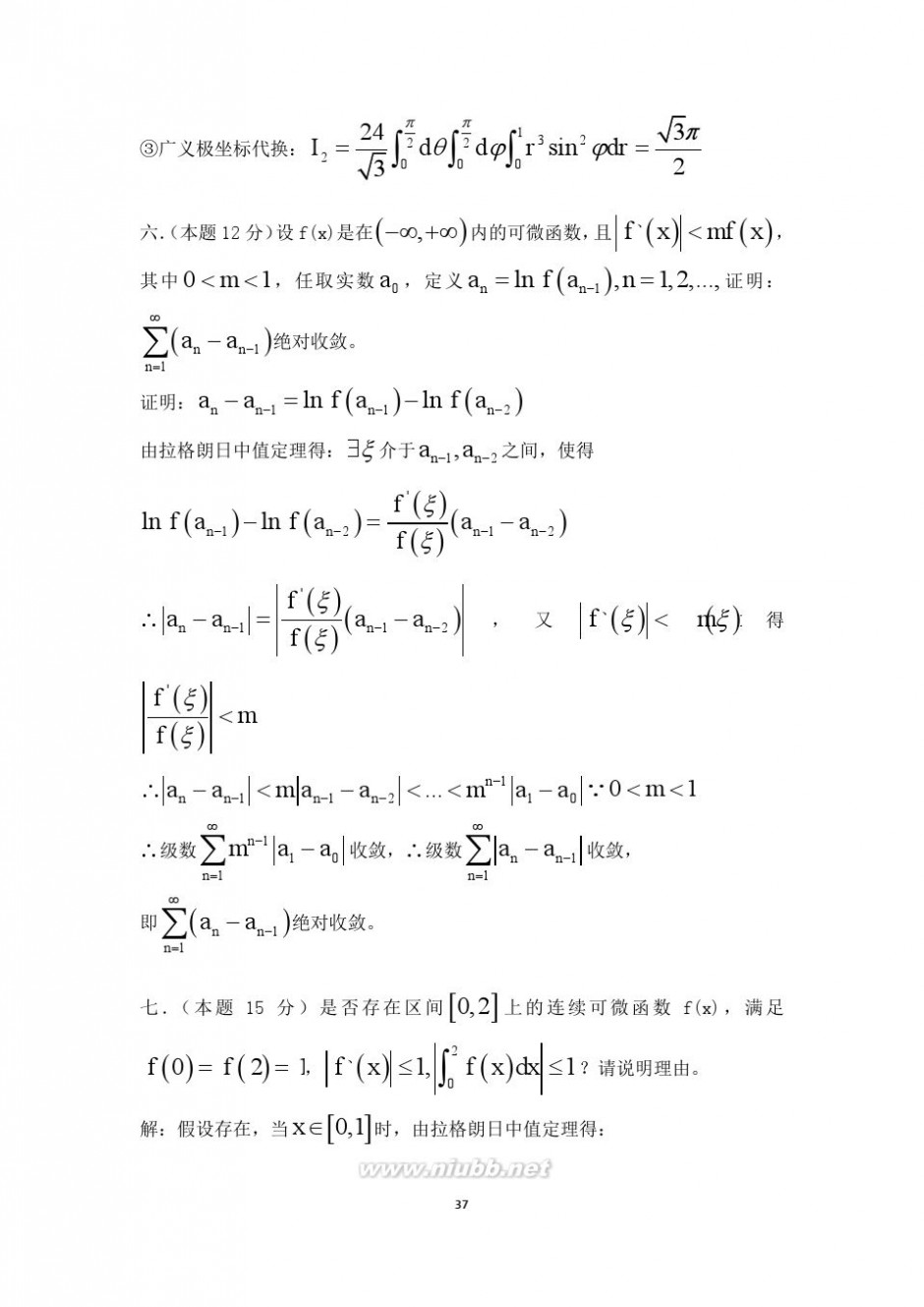
大学生数学竞赛 2009年至2014年全国大学生数学竞赛试卷和解答——非数学类
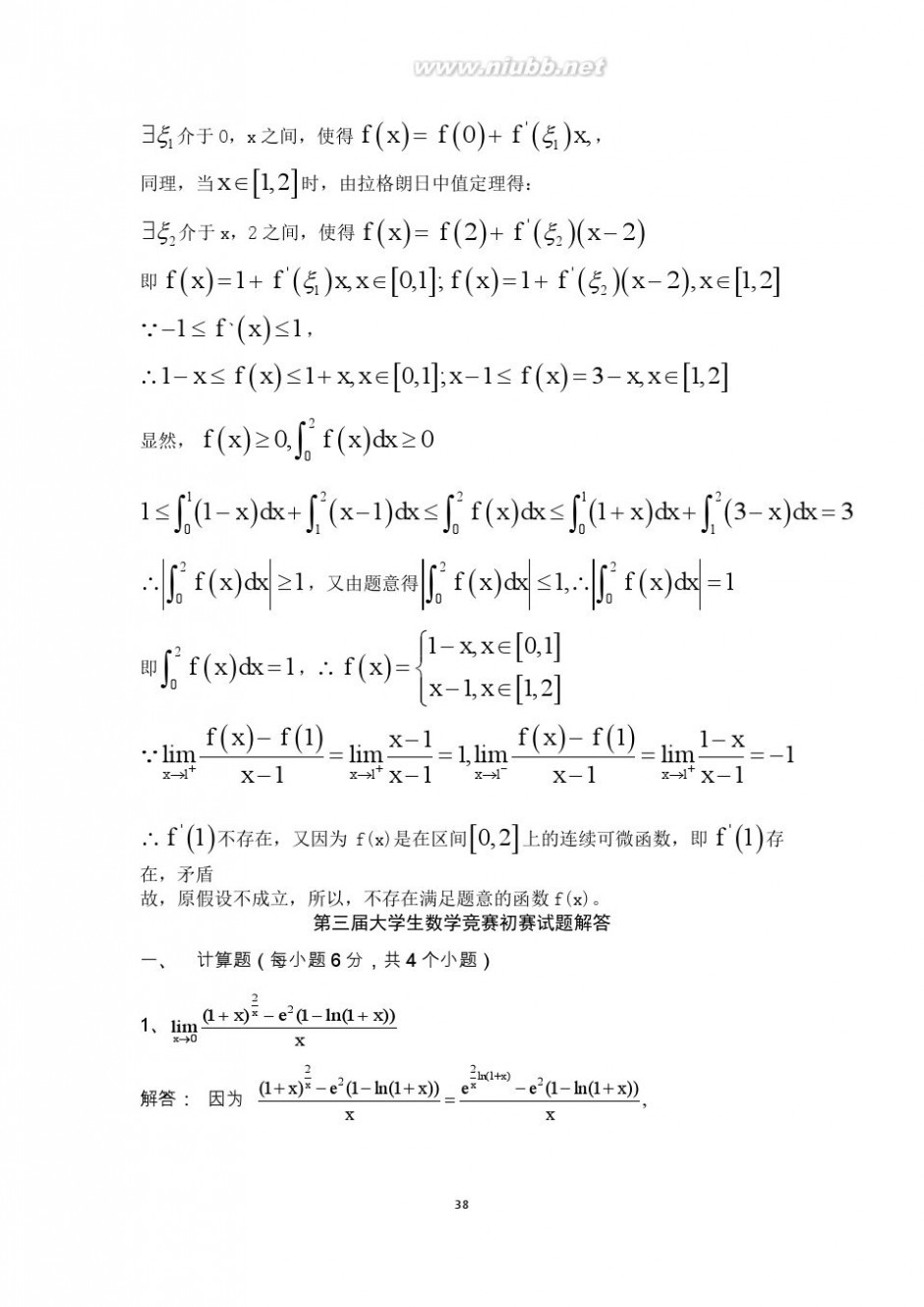
大学生数学竞赛 2009年至2014年全国大学生数学竞赛试卷和解答——非数学类

大学生数学竞赛 2009年至2014年全国大学生数学竞赛试卷和解答——非数学类
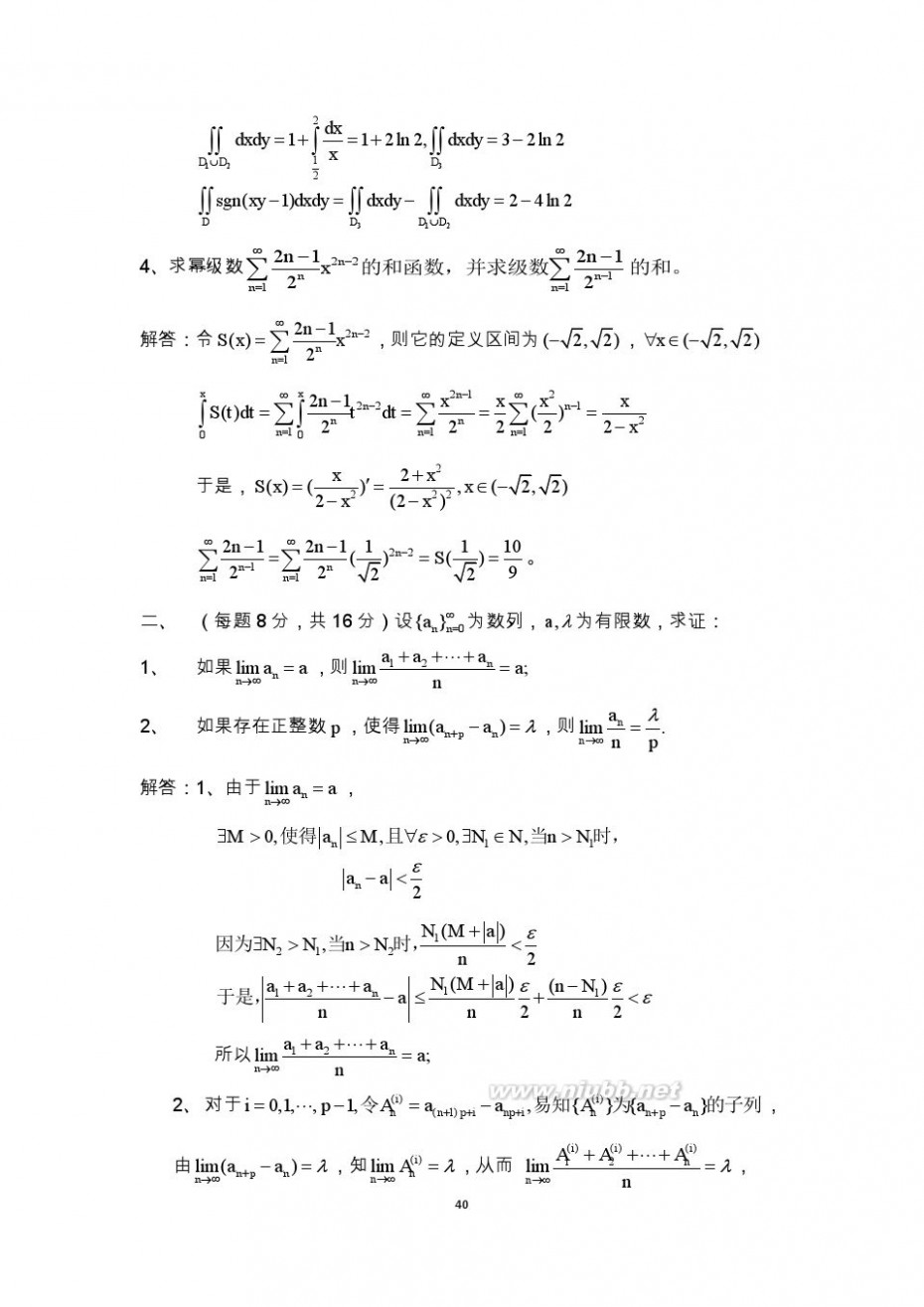
大学生数学竞赛 2009年至2014年全国大学生数学竞赛试卷和解答——非数学类
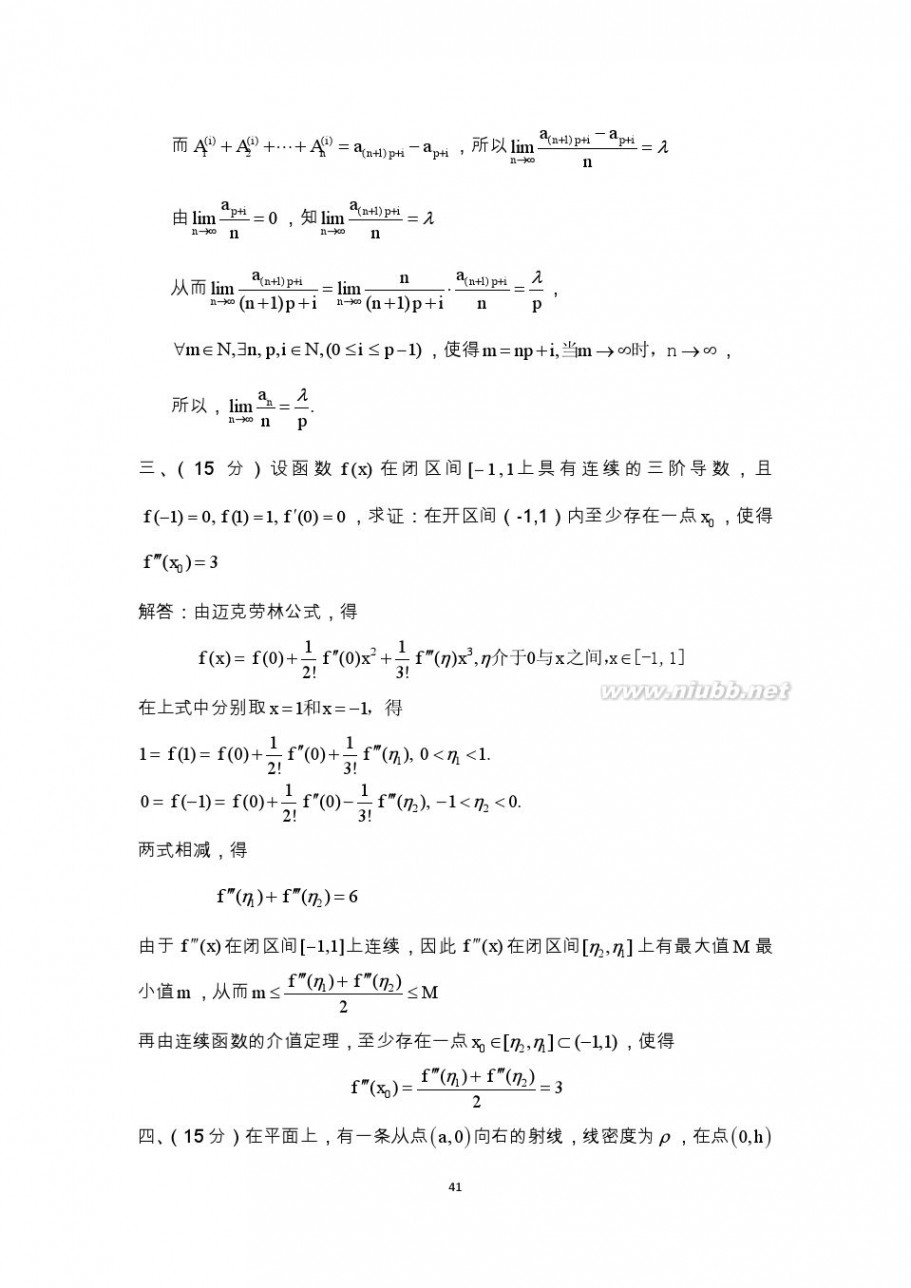
大学生数学竞赛 2009年至2014年全国大学生数学竞赛试卷和解答——非数学类

大学生数学竞赛 2009年至2014年全国大学生数学竞赛试卷和解答——非数学类

大学生数学竞赛 2009年至2014年全国大学生数学竞赛试卷和解答——非数学类
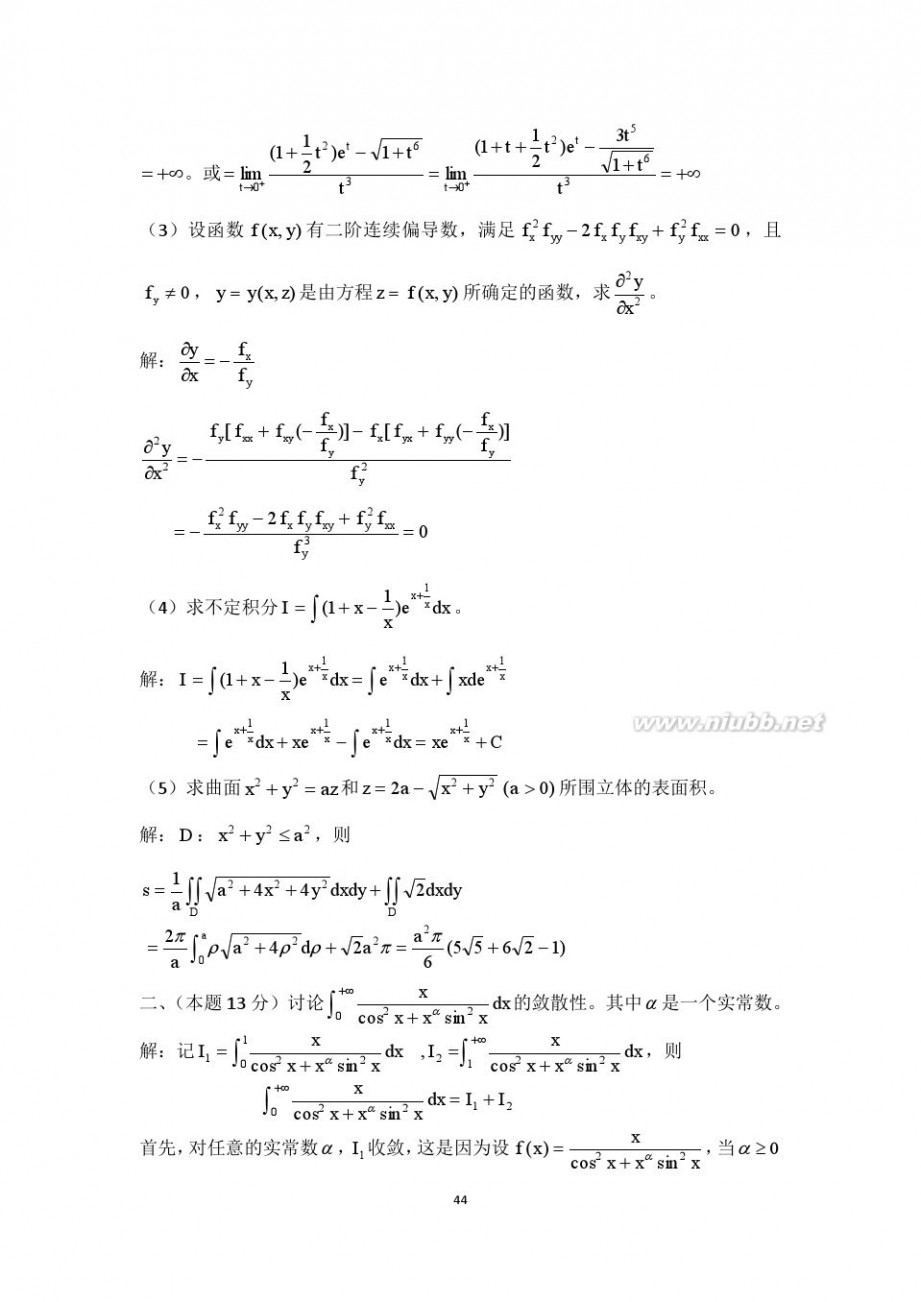
大学生数学竞赛 2009年至2014年全国大学生数学竞赛试卷和解答——非数学类

大学生数学竞赛 2009年至2014年全国大学生数学竞赛试卷和解答——非数学类
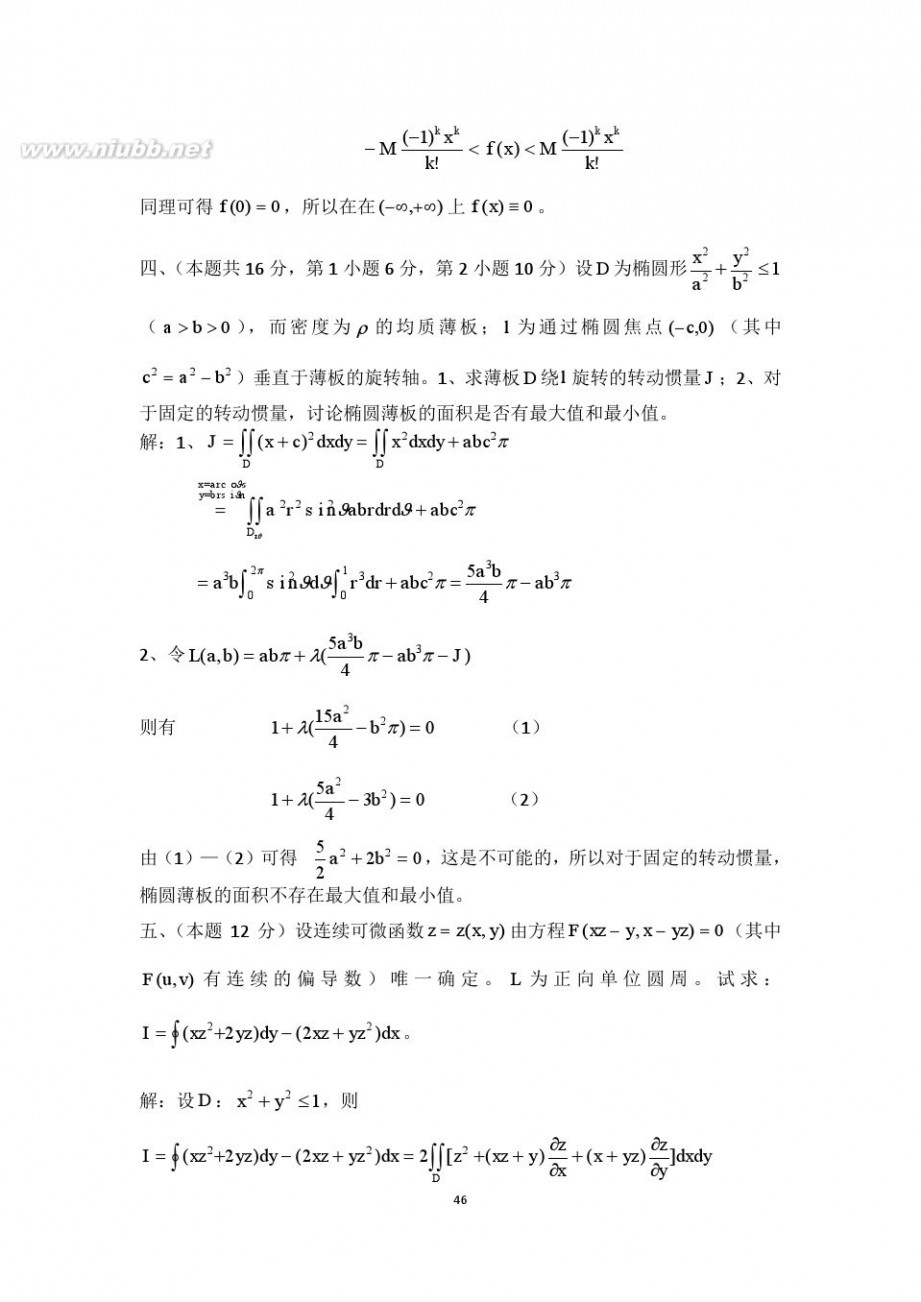
大学生数学竞赛 2009年至2014年全国大学生数学竞赛试卷和解答——非数学类
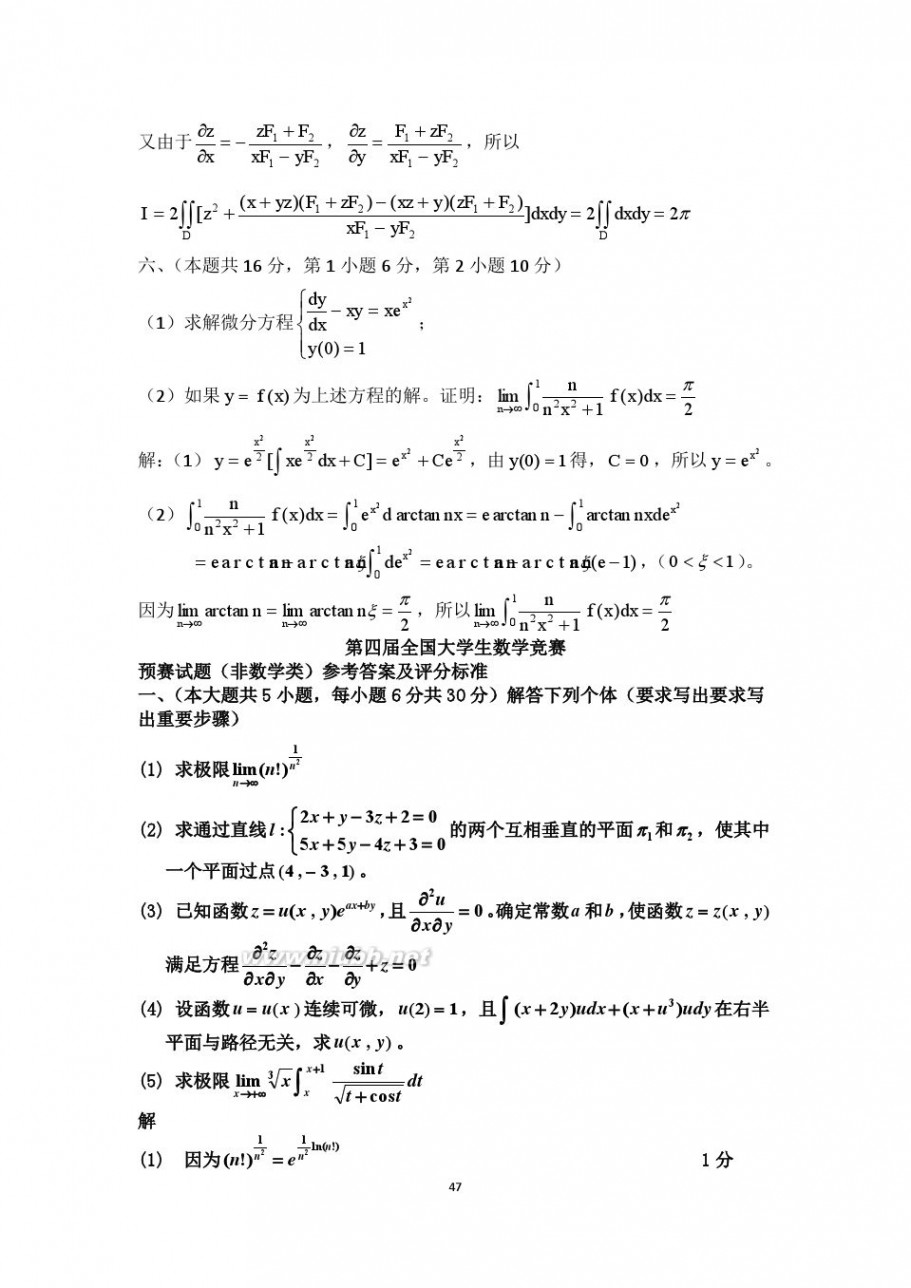
大学生数学竞赛 2009年至2014年全国大学生数学竞赛试卷和解答——非数学类
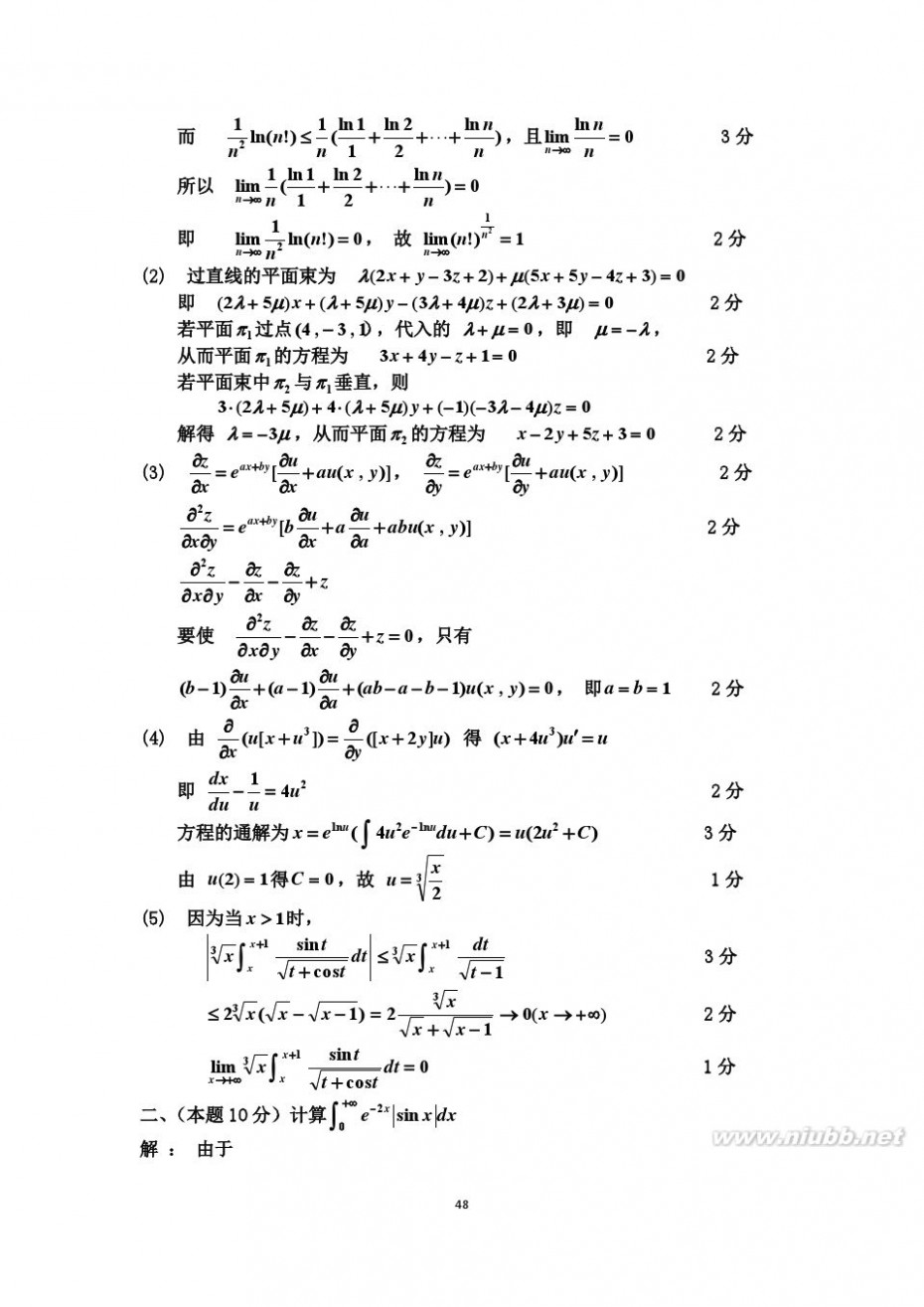
大学生数学竞赛 2009年至2014年全国大学生数学竞赛试卷和解答——非数学类
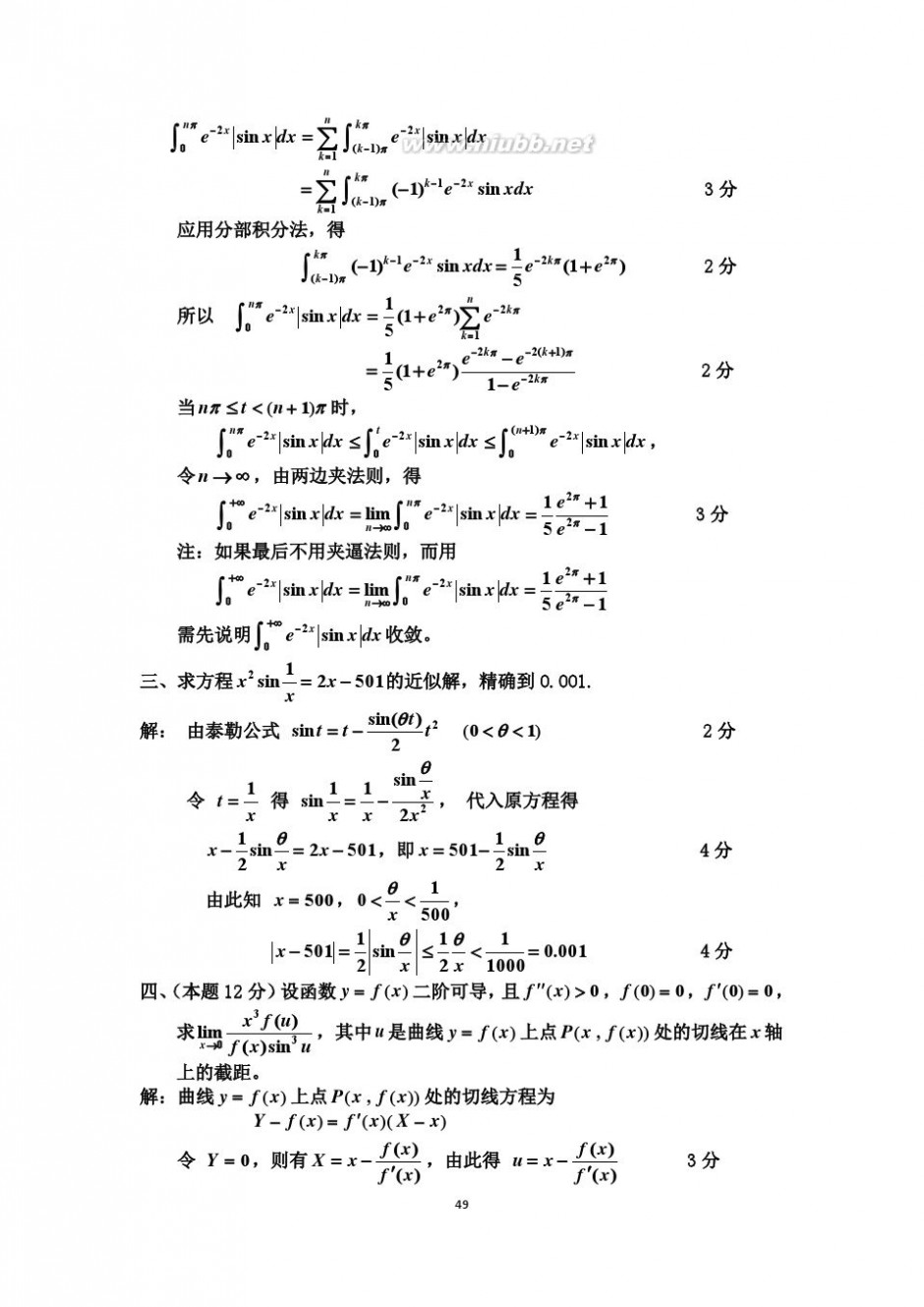
大学生数学竞赛 2009年至2014年全国大学生数学竞赛试卷和解答——非数学类
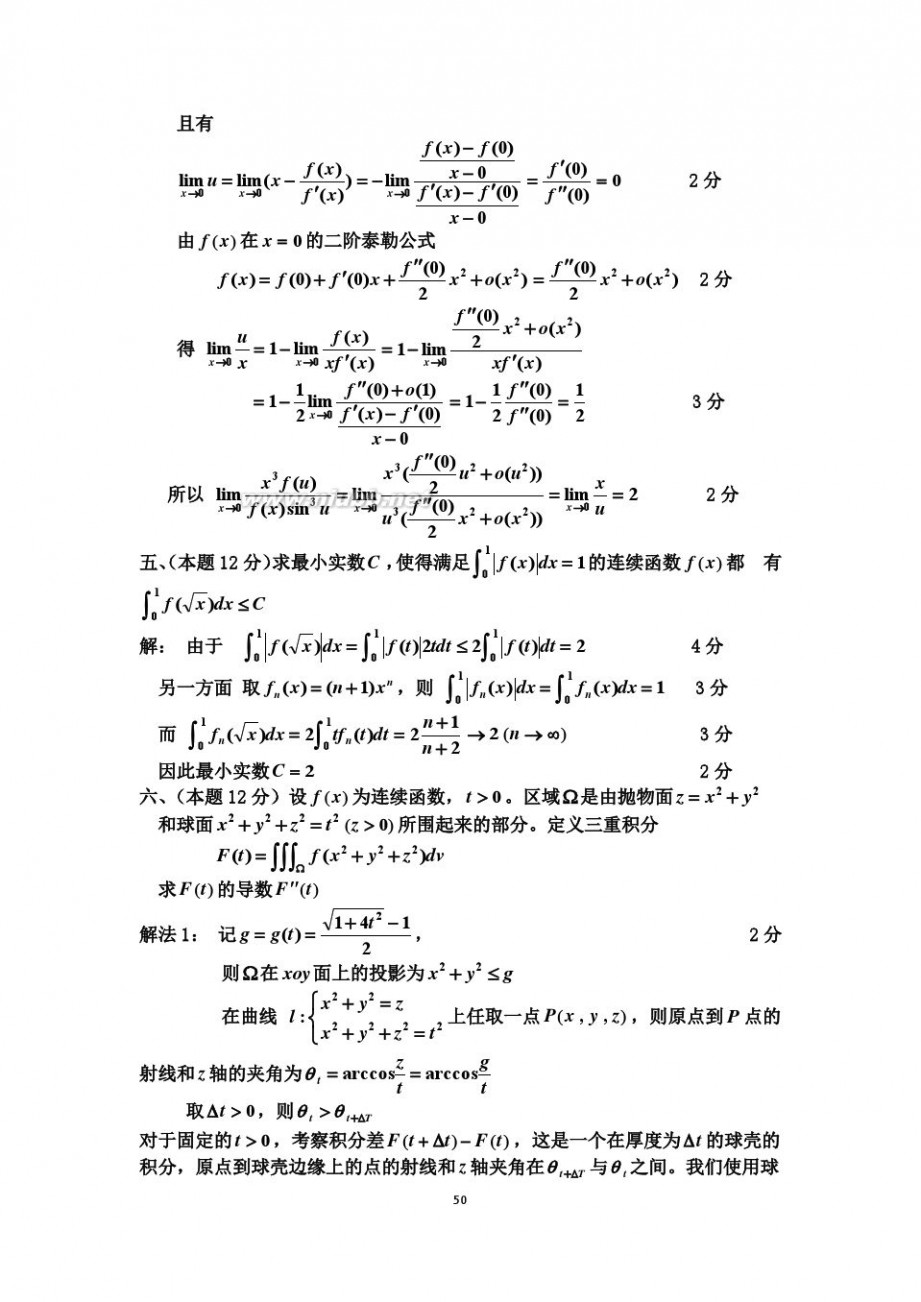
大学生数学竞赛 2009年至2014年全国大学生数学竞赛试卷和解答——非数学类
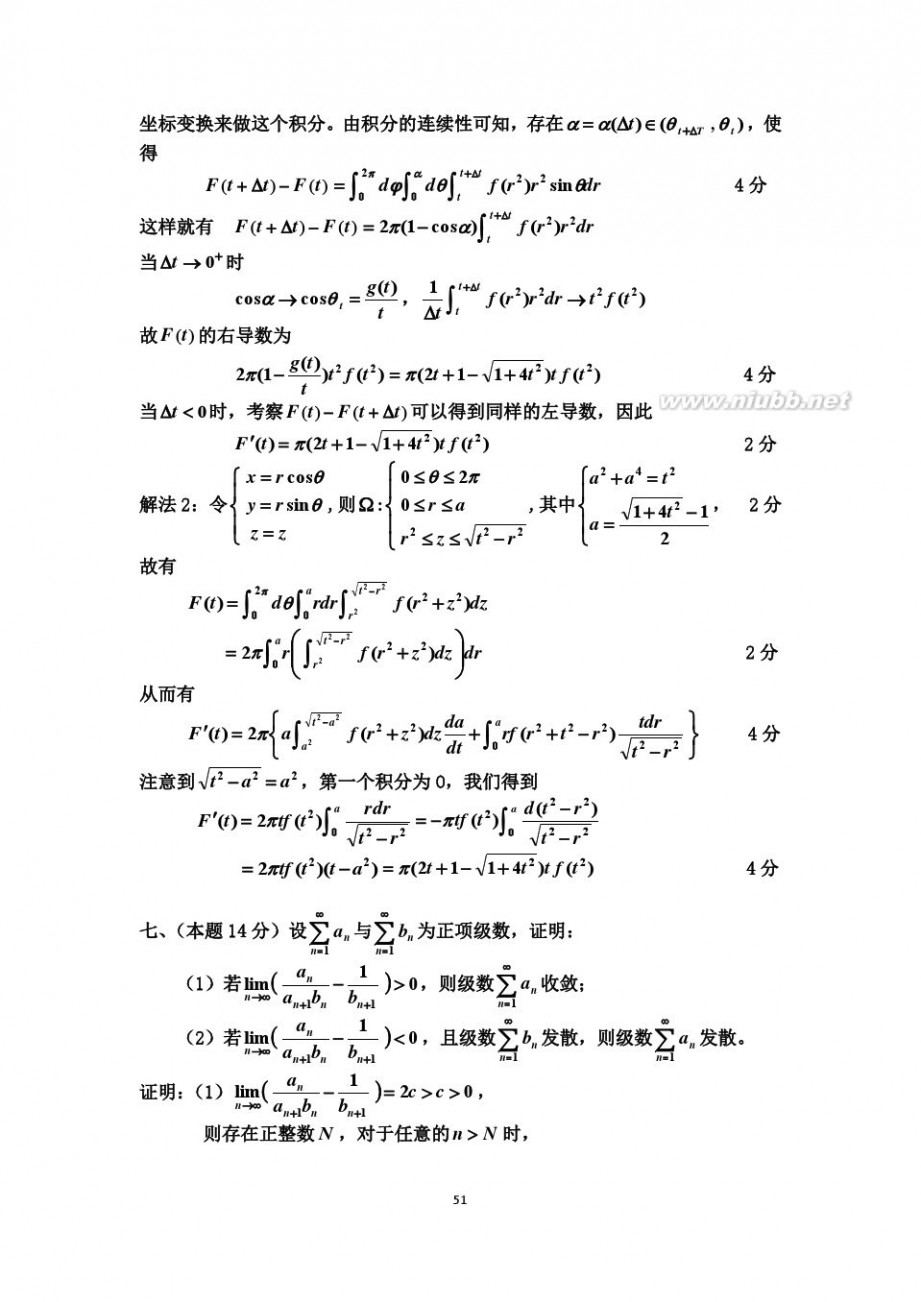
大学生数学竞赛 2009年至2014年全国大学生数学竞赛试卷和解答——非数学类
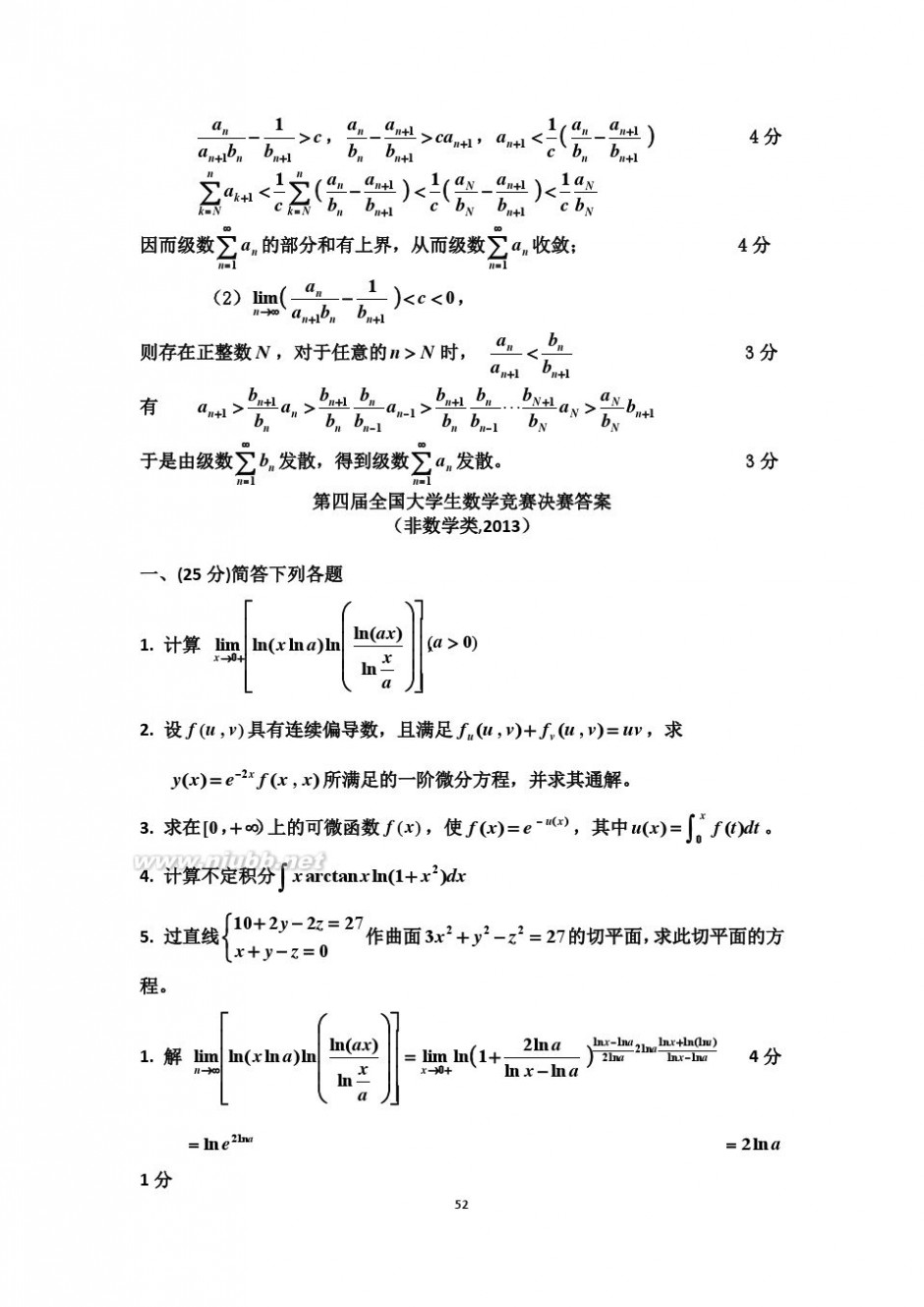
大学生数学竞赛 2009年至2014年全国大学生数学竞赛试卷和解答——非数学类

大学生数学竞赛 2009年至2014年全国大学生数学竞赛试卷和解答——非数学类

大学生数学竞赛 2009年至2014年全国大学生数学竞赛试卷和解答——非数学类
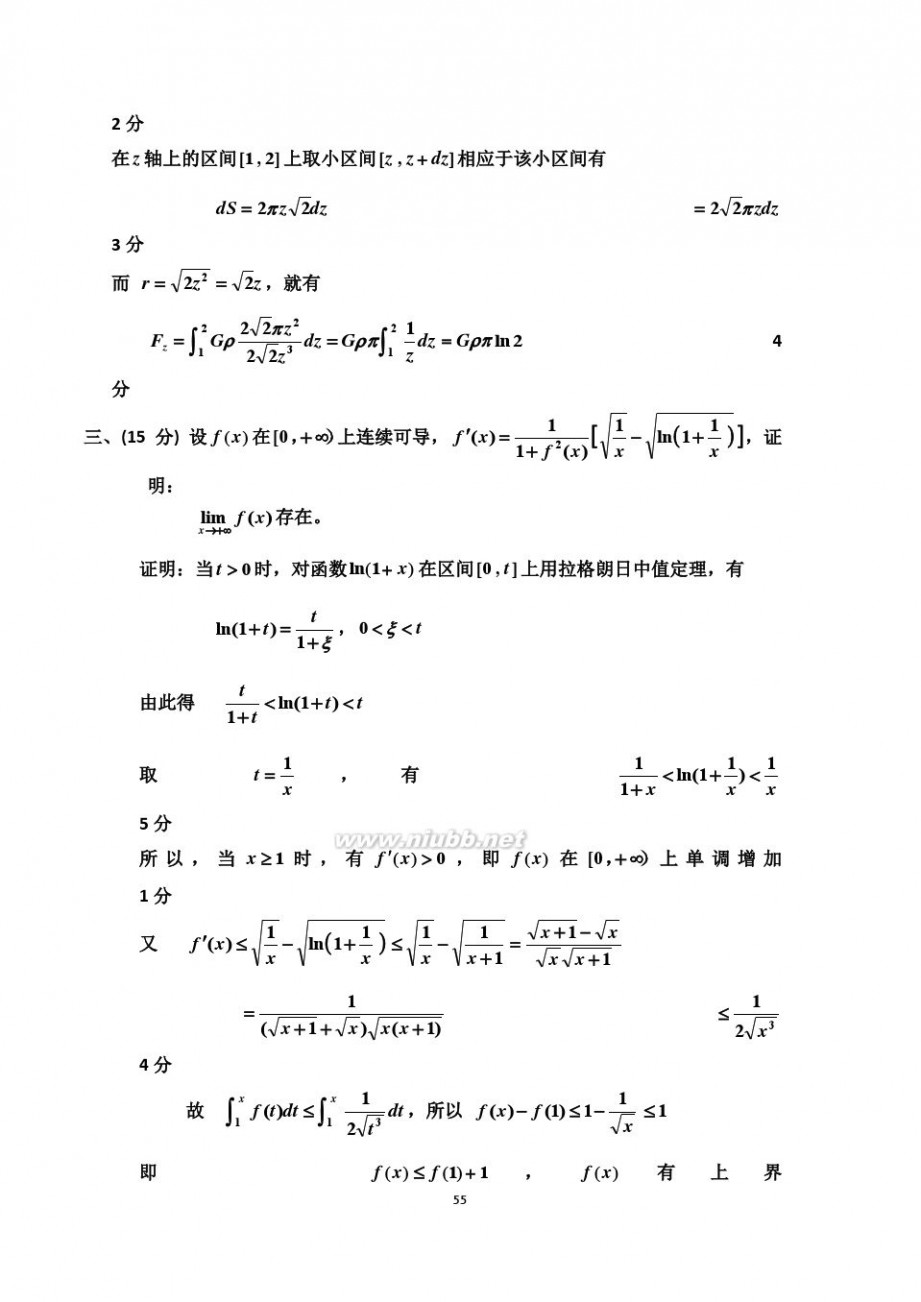
大学生数学竞赛 2009年至2014年全国大学生数学竞赛试卷和解答——非数学类
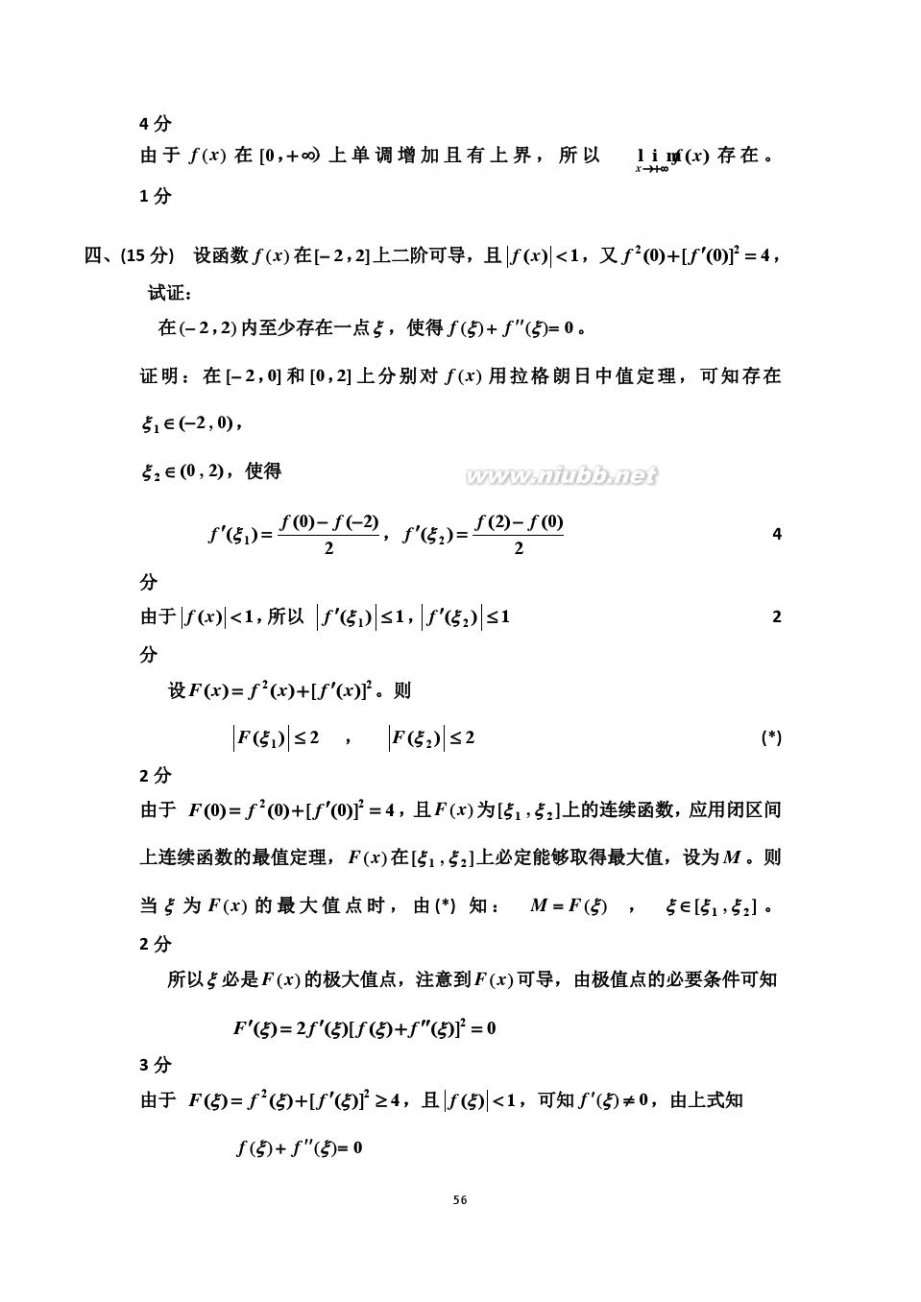
大学生数学竞赛 2009年至2014年全国大学生数学竞赛试卷和解答——非数学类
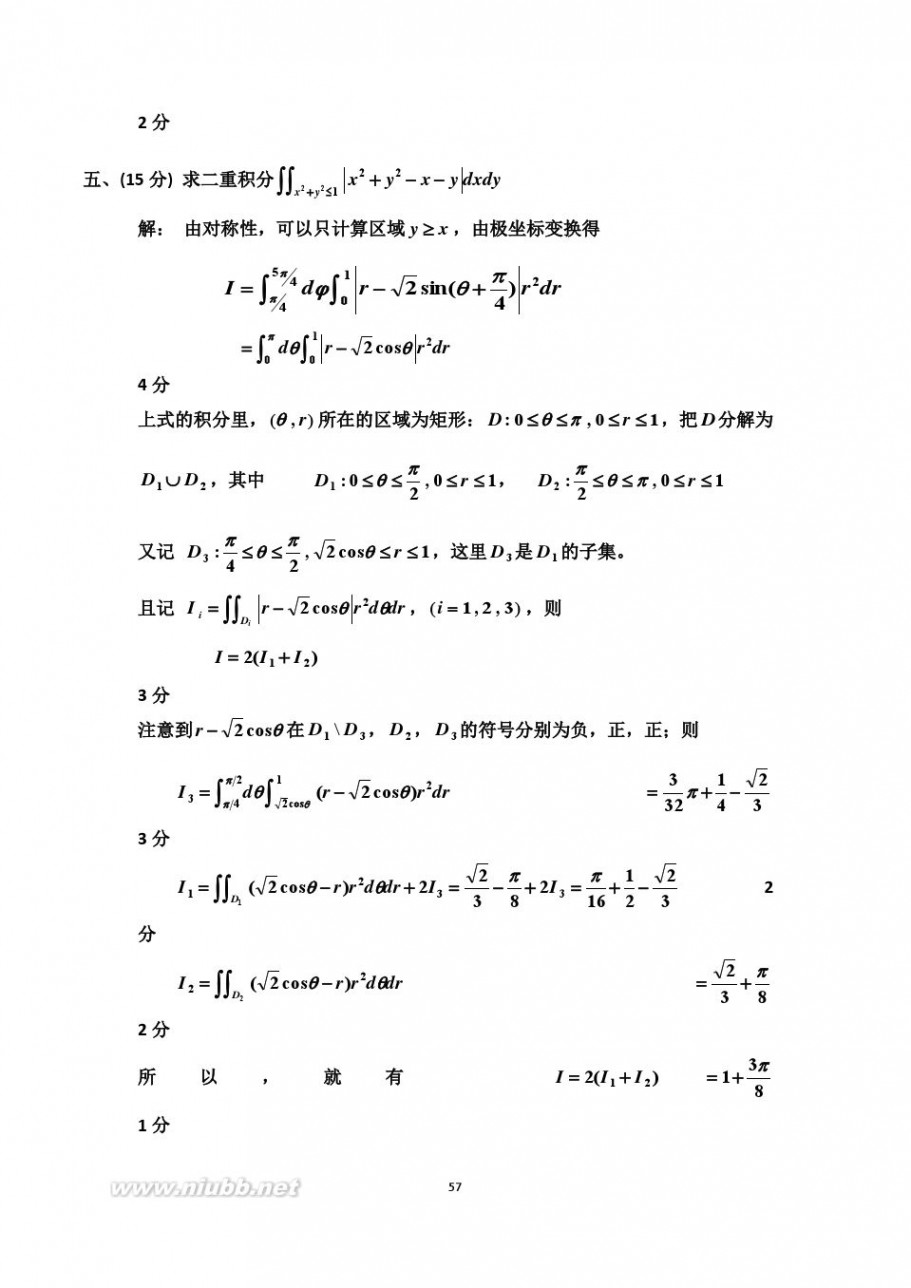
大学生数学竞赛 2009年至2014年全国大学生数学竞赛试卷和解答——非数学类

大学生数学竞赛 2009年至2014年全国大学生数学竞赛试卷和解答——非数学类
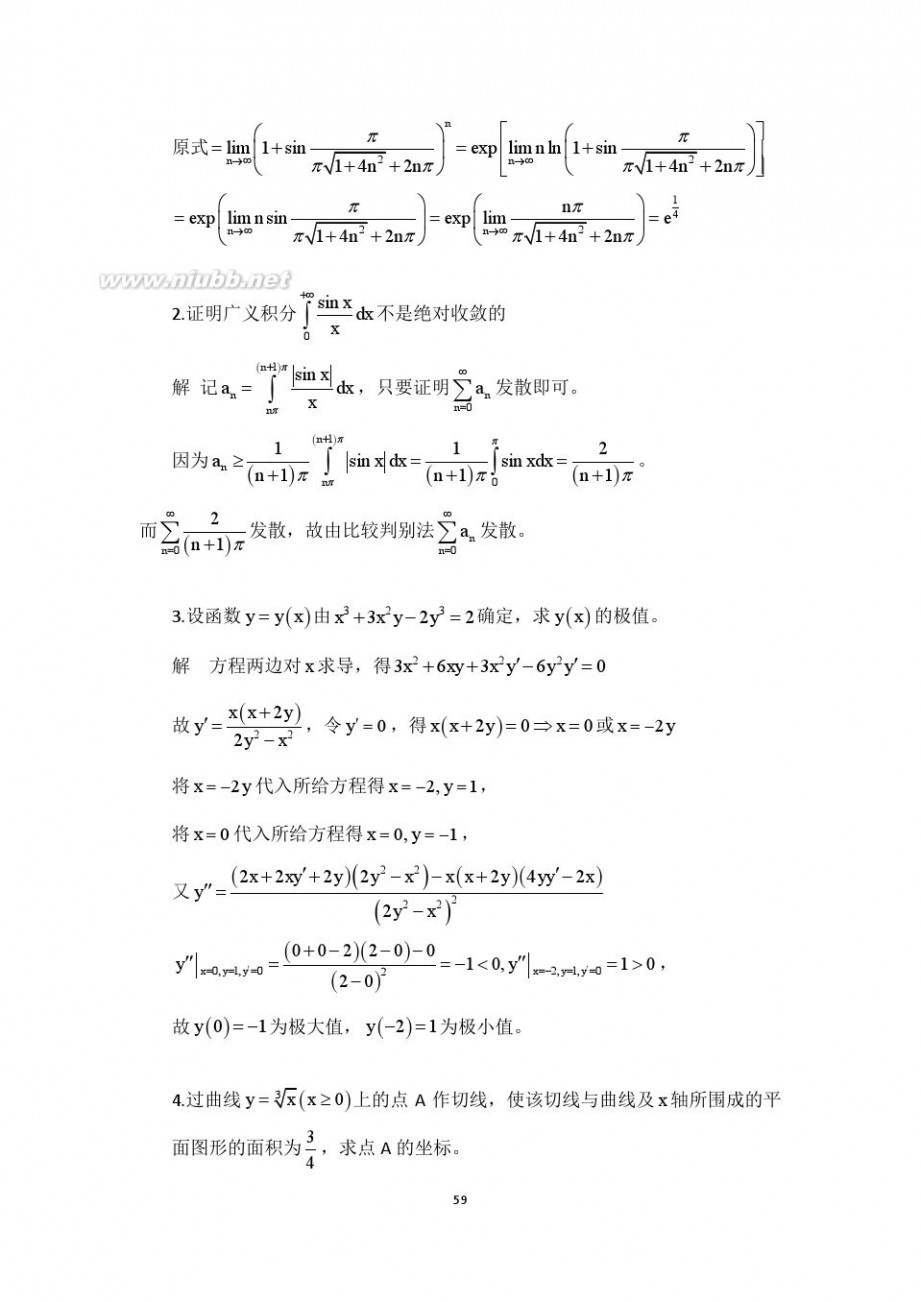
大学生数学竞赛 2009年至2014年全国大学生数学竞赛试卷和解答——非数学类

大学生数学竞赛 2009年至2014年全国大学生数学竞赛试卷和解答——非数学类
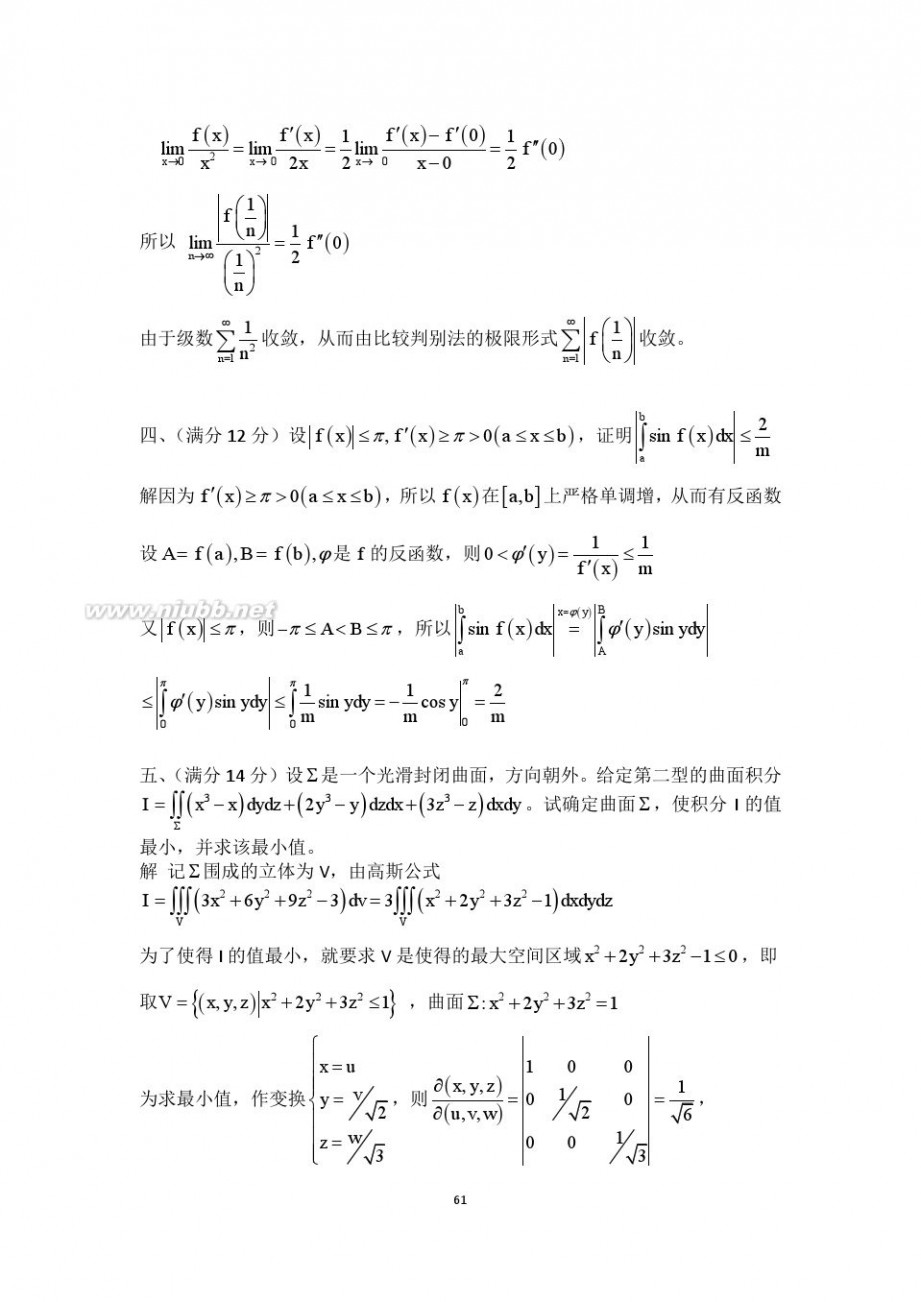
大学生数学竞赛 2009年至2014年全国大学生数学竞赛试卷和解答——非数学类
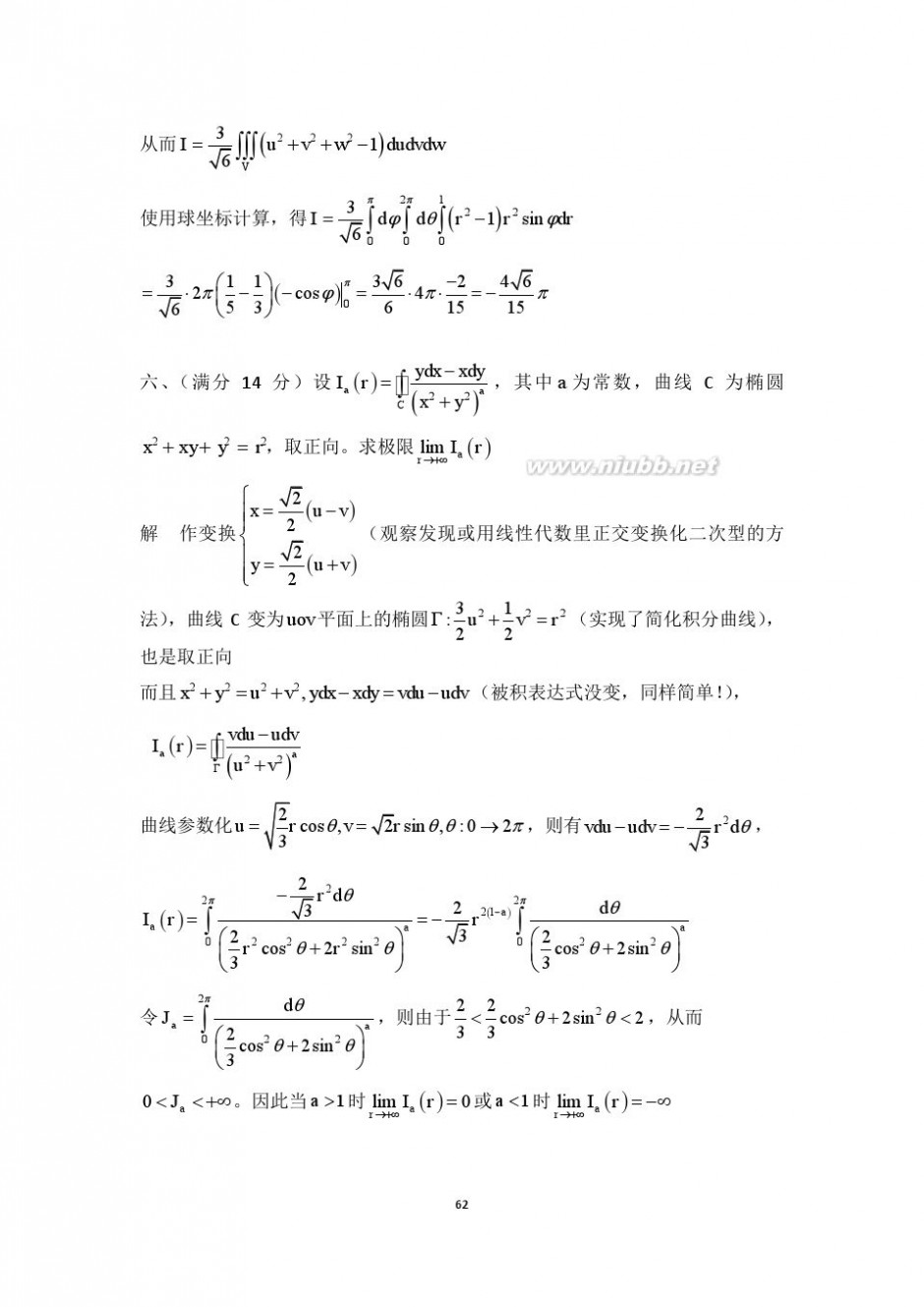
大学生数学竞赛 2009年至2014年全国大学生数学竞赛试卷和解答——非数学类
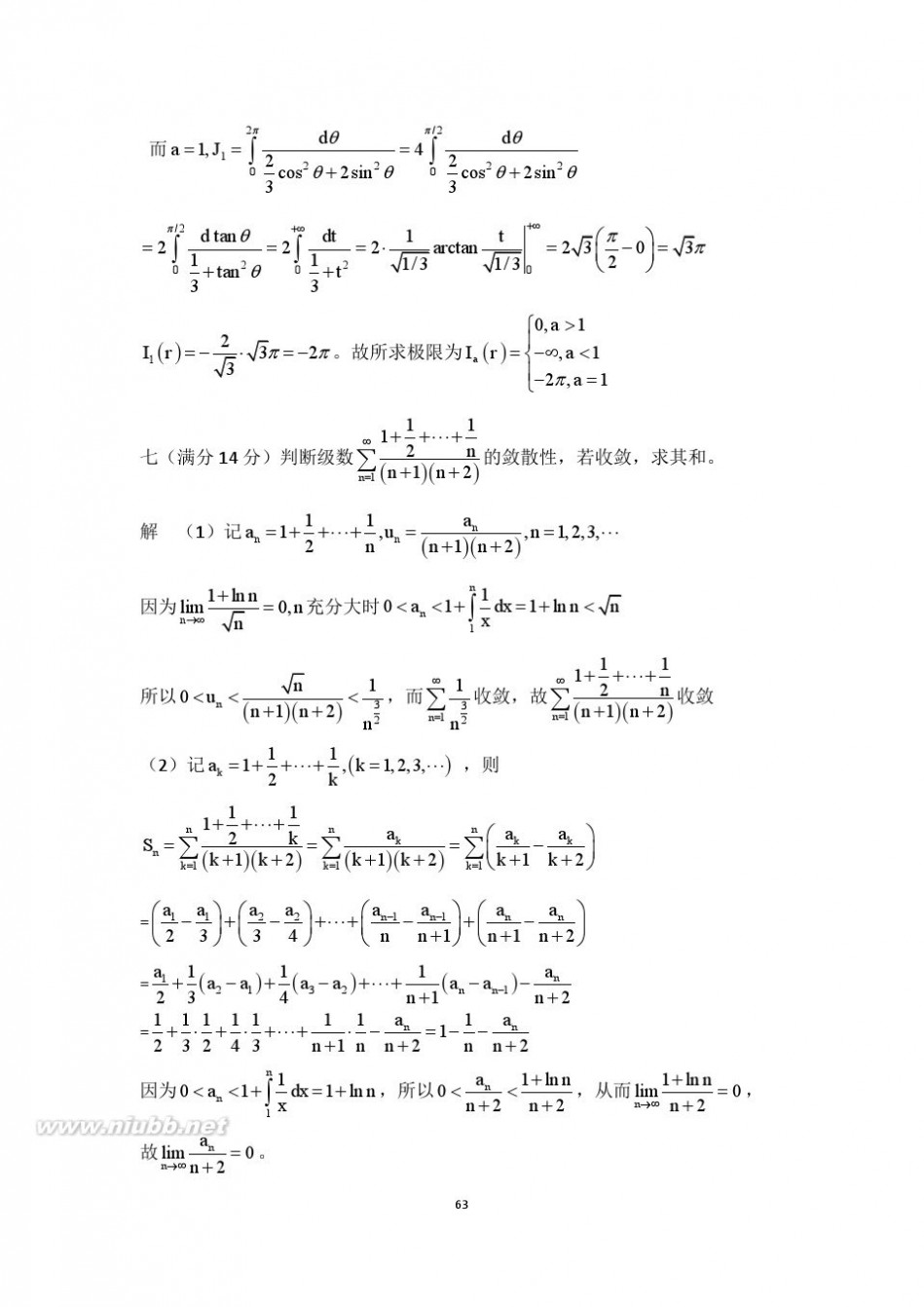
大学生数学竞赛 2009年至2014年全国大学生数学竞赛试卷和解答——非数学类

二 : 全国大学生英语竞赛C类真题及模拟试题详解:全国大学生英语竞赛C类真题
《全国大学生英语竞赛C类真题及模拟试题详解》,作者是 圣才学习网 ,由 中国石化 出版社于 2010 年出版。描述的是本书是专门为提高考生参加全国大学生英语竞赛C类(本科生)考试水平而编著的一本复习资料。其内容包括10套真题(2005-2009)和5套模拟试题,每套试题均给出参考答案及详解。历年真题为考生提供了最好的复习依据,便于读者了解考题的命题特点和出题规律,答案详解则为考生分析了解题技巧,指明了解题思路。
大学生英语竞赛真题_全国大学生英语竞赛C类真题及模拟试题详解 -出版信息
[www.61k.com]作 者:圣才学习网
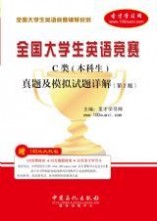 出 版 社:中国石化出版社
出 版 社:中国石化出版社大学生英语竞赛真题_全国大学生英语竞赛C类真题及模拟试题详解 -内容简单介绍
本书是专门为提高考生参加全国大学生英语竞赛C类(本科生)考试水平而编著的一本复习资料。其内容包括10套真题(2005-2009)和5套模拟试题,每套试题均给出参考答案及详解。历年真题为考生提供了最好的复习依据,便于读者了解考题的命题特点和出题规律,答案详解则为考生分析了解题技巧,指明了解题思路。模拟试题根据最新一年(2009年)的真题及样题,在参考众多相关考试用书、国内外权威杂志以及优秀论文等大量素材的基础上精心设计而成,具有很强的针对性和实用性。
圣才学习网/中华英语学习网提供英语类考试名师网络课程(随书配有圣才学习卡,网络课程的详细介绍参见本书最后内页),本书和配套网络课程特别适用于参加各种英语类考试的考生,也适用于学习英语的读者参考。
大学生英语竞赛真题_全国大学生英语竞赛C类真题及模拟试题详解 -目录
第1章全国大学生英语竞赛C类考试指导(1)
1?1考试简单介绍(1)
1?两大纲要求 (1)
1?3试题分析 (3)
第2章历年真题及详解(8)
全国大学生英语竞赛C类考试2010年初赛试题(8)
参考答案及解析(19)
录音原文(26)
全国大学生英语竞赛C类考试2010年决赛试题(30)
参考答案及解析(听力略)(42)
全国大学生英语竞赛C类考试2009年初赛试题 (47)
参考答案及解析(59)
录音原文(66)
全国大学生英语竞赛C类考试2009年决赛试题(69)
参考答案及解析(听力略)(78)
全国大学生英语竞赛C类考试2008年初赛试题 (84)
参考答案及解析(95)
录音原文(101)
全国大学生英语竞赛C类考试2008年决赛试题 (105)
参考答案及解析(听力略) (113)
全国大学生英语竞赛C类考试2007年初赛试题 (119)
参考答案及解析(132)
录音原文(139)
全国大学生英语竞赛C类考试2007年决赛试题(144)
参考答案及解析(听力略)(156)
全国大学生英语竞赛C类考试2006年初赛试题 (161)
参考答案及解析(175)
录音原文(182)
全国大学生英语竞赛C类考试2006年决赛试题 (187)
参考答案及解析(200)
录音原文 (207)
第3章模拟试题及详解(212)
模拟试题一(212)
参考答案及解析(222)
录音原文(228)
模拟试题二 (232)
参考答案及解析(242)
录音原文(248)
模拟试题三 (251)
参考答案及解析 (261)
录音原文(267)
模拟试题四 (271)
参考答案及解析 (282)
录音原文(288)
大学生英语竞赛真题_全国大学生英语竞赛C类真题及模拟试题详解 -前言
全国大学生英语竞赛(National English Contest for College Students,简称NECCS)是经教育部有关部门批准举办的全国惟一的大学英语综合能力竞赛活动。本竞赛旨在配合教育部高等教育教学水平评估工作,贯彻落实教育部关于大学英语教学改革精神,促进大学生英语水平的全面提高,激发广大大学生学习英语的兴趣,鼓励英语学习成绩优秀的大学生。
为了帮助考生参加全国大学生英语竞赛时取得好成绩,以及同时提高英语的综合运用能力,我们根据全国大学生英语竞赛最新的命题依据、出题方向以及相关考试用书等编写了全国大学生英语竞赛考试辅导系列:
1.《全国大学生英语竞赛A类(研究生)真题及模拟试题详解》
2.《全国大学生英语竞赛B类(英语专业)真题及模拟试题详解》
3.《全国大学生英语竞赛C类(本科生)真题及模拟试题详解》
4.《全国大学生英语竞赛D类(专科生)真题及模拟试题详解》
5.《题解全国大学生英语竞赛过关必备3000词》
本书是专门为提高考生参加全国大学生英语竞赛C类(本科生)考试水平而编著的一本复习资料。其内容包括10套真题(2005-2009)和5套模拟试题,每套试题均给出参考答案及详解。历年真题为考生提供了最好的复习依据,便于读者了解考题的命题特点和出题规律,答案详解则为考生分析了解题技巧,指明了解题思路。模拟试题根据最新一年(2009年)的真题及样题,在参考众多相关考试用书、国内外权威杂志以及优秀论文等大量素材的基础上精心设计而成,具有很强的针对性和实用性。
需要特别说明的是:本书含有听力录音原文的历年竞赛真题和模拟题听力部分均配有录音音频(MP3格式),读者可登录中华英语学习网使用随书赠卡下载。本书在编写过程中得到了全国重点大学等一线教师的指导与审阅,在此表示感谢。由于水平有限,书中错误、遗漏不可避免,敬请指正和提出建议。
三 : 902008年全国大学生英语竞赛B类样题及听力原文和答案详解
2008年全国大学生英语竞赛样题(B级)
Part I Listening Comprehension (25 minutes, 30 marks)
Section A (10 marks)
Directions: In this section, you will hear 10 short conversations. At the end of each conversation, a question will be asked about what was said. Both the conversation and the question will be read only once. After each question, there will be a pause. During the pause, you must read the three choices marked A, B and C, and decide which is the best answer. Then mark the corresponding letter on the Answer Sheet with a single line through the centre.
1. A. Mild. B. Draughty. C. Hot.
2. A. The woman inquiring the man is probably a judge.
B. The man was stopped by the police because he was driving too fast.
C. The man hit one of the kids on the corner of the first turning.
3. A. Tired. B. Lonely. C. Sad.
4. A. Take the dictionary out the library.
B. Buy a new dictionary for herself.
C. Borrow the dictionary for herself.
5. A. All of them landed safely.
B. Some were wounded, but there were no deaths.
C. Some were kidnapped.
6. A. He doesn't know if there is a photocopy machine there.
B. The woman can make copies at the post office.
C. The photocopy machine isn't in the office any more.
7. A. Invite everyone. B. Have two parties. C. Take a few classes.
8. A. Three quarters of an hour. B. Half an hour.
C. A quarter of an hour.
9. A. He's got a stomachache. B. He's got a headache.
C. He is alcoholic.
10. A. Suspicious. B. Relaxed. C. Upset.
Section B (5 marks)
Directions: In this section, you will hear one long conversation. The conversation will be read only once. At the end of the conversation, there will be a one-minute pause. During the pause, you must read the five questions, each with three choices marked A,
B and C, and decide which is the best answer. Then mark the corresponding letter on the Answer Sheet with a single line through the centre.
Questions 11 - 15 are based on the long conversation you've just heard.
11. What are the speakers mainly discussing?
A. A lecture. B. An examination. C. A course.
12. Why is the man watching television?
A. Because he wanted to take a break.
B. Because he didn't want to study.
C. Because he had a headache.
13. Why is the man surprised that the woman wants to study linear algebra with him?
A. Because he didn't do well on the last test.
B. Because he isn't going to take the exam.
C. Because she is better than him at the course.
14. Why doesn't the man want to call Elizabeth?
A. Because he doesn't know her.
B. Because he doesn't like her.
C. Because it is too late to call her.
15. What is the probable relationship between the two speakers?
A. Brother and sister.
B. Classmates.
C. Teacher and student.
Section C (5 marks)
Directions: In this section, you will hear 5 short news items. After each item, there will be a pause. During the pause, you must read the question and then the three choices marked A, B and C, and decide which is the best answer. Then mark the corresponding letter on the Answer Sheet with a single line through the centre.
16. How many people were killed in the bomb attack in London?
A. Dozens of people.
B. Hundreds of people.
C. None.
17. What is the top priority of NASA's mission?
A. A tear in one of the station's solar wings.
B. A spacewalk on Thursday. C. Get new equipment.
18. How many billionaires are there in China according to Forbes?
A. 54. B. 66. C. More than 100.
19. What is one of the highlights for many visitors in the Clinton Presidential Library and Museum?
A. A full-scale replica of the Oval Office.
B. Two million photographs.
C. 76 million pages of documents.
20. What is the news item mainly about?
A. The World Bank's Economic Indicators report will be issued.
B. Economic growth rates in Africa.
C. The stagnation and decline of African economy from 1975 to 1995.
Section D (10 marks)
Directions: In this section, you will hear a man introducing the history of Oxford. For questions 21 - 30, listen to what he says and complete the notes. You will need to write a word or a short phrase. Remember to write the answers on the Answer Sheet.
Oxford became a town before (21) ________. Oxford University began to establish itself in the middle of the (22) ________ century and by 1300 there were 1,500 students. At this time Oxford was a (23) ________ town, but by the middle of the 14th century it was poorer because of (24) ________ in trade and the terrible plague. Relations between the students and the townspeople were very (25) ________ and there was often (26) ________ in the streets. On 10th February 1355, a (27) ________ began, which lasted two days. Sixty-two students were killed. One of the punishments was that the University was given (28) ________ of the town for nearly 600 years. There are some special Oxford words in the Oxford English Dictionary. For example, (29) ________ and (30) ________.
Part II Multiple Choice (10 minutes, 15 marks)
Section A (10 marks)
Directions: There are 10 incomplete sentences in this section. For each blank there are four choices marked A, B, C and D. Choose the one that best completes the sentence. Then mark the corresponding letter on the Answer Sheet with a single line
through the centre.
31. The government gave a very ________ explanation of its plan for economic development.
A. comprehensive B. compound C. considerable D. complacent
32. An ambulance must have priority as it usually has to deal with some kind of ________.
A. urgency B. danger C. emergency D. crisis
33. It is a common theme in many science fiction stories that the world may one day be ________ by insects.
A. broken in B. run over C. taken over D. filled in
34. In the meantime, the question facing business is whether such research is ________ the costs.
A. worth B. worth of C. worthy D. worthwhile
35. ________ does he know that the police are about to arrest him.
A. Few B. Only C. Seldom D. Little
36. He asked his sister to look after his children ________ his death.
A. in the event of B. in view of C. on account of D. on the edge of
37. ________ about the bookkeeper's honesty, the company asked him to resign.
A. There be some questions B. There are some questions
C. There have been some questions D. There being some questions
38. But for his courage, the battle ________.
A. was lost B. will be lost C. would lose D. would have been lost
39. When the young man walked into the office to see the headmaster, he had ________.
A. butterflies in his heart B. butterflies in his mind
C. butterflies in his stomach D. butterflies in his spirit
40. - Could you lend me some money, Jack?
- Sorry, Mike. I myself can't earn enough to ________.
A. make the ends meet B. make ends meet
C. keep the ends meet D. keep ends meet
Section B (5 marks)
Directions: There are 5 incomplete statements or questions about some English speaking countries in this section. For each blank there are four choices marked A, B,
C and D. Choose the most suitable answer from the given choices. Then mark the corresponding letter on the Answer Sheet with a single line through the centre.
41. Britain is a ________ country.
A. Catholic B. Christian C. Orthodox D. Mormon
42. The Tories were the forerunners of ________, which still bears this nickname today.
A. the Labour Party B. the Conservative Party
C. the Liberal Party D. the Social Democratic Party
43. ________ is the most popular sport in Britain in summer.
A. Football B. Tennis C. Basketball D. Cricket
44. The New Deal was started by ________.
A. John F. Kennedy B. Franklin Roosevelt
C. George Washington D. Thomas Jefferson
45. ________ is the only branch that that can make federal laws and levy federal taxes.
A. The executive B. The legislative
C. The judicial D. The president
Part III Reading Comprehension (20 minutes, 40 marks)
Section A (5 marks)
Directions: There is one passage in this section with 5 questions. For each question, there are four choices marked A, B, C and D. You should decide on the best choice. Then mark the corresponding letter on the Answer Sheet with a single line through the centre.
Questions 46 - 50 are based on the following passage.
The Supreme Court's decisions on physician-assisted suicide carry important implications for how medicine seeks to relieve dying patients of pain and suffering. Although it ruled that there is no constitutional right to physician-assisted suicide, the Court in effect supported the medical principle of “double effect”, a centuries-old moral principle holding that an action having two effects - a good one that is intended and a harmful one that is foreseen - is permissible if the actor intends only the good effect.
Doctors have used that principle in recent years to justify using high doses of morphine to control terminally ill patients' pain, even though increasing dosages will eventually kill the patient. Nancy Dubler, director of Montefiore Medical Center, contends that the principle will shield doctors who “until now have very, very strongly insisted that they could not give patients sufficient mediation to control their pain if that might hasten death.”
George Annas, chair of the health law department at Boston University, maintains that, as long as a doctor prescribes a drug for a legitimate medical purpose, the doctor has done nothing illegal even if the patient uses the drug to hasten death. “It's like surgery,” he says. “We don't call those deaths homicides because the doctors didn't intend to kill their patients, although they risked their death. If you're a physician, you can risk your patient's suicide as long as you don't intend their suicide.”
On another level, many in the medical community acknowledge that the assisted-suicide debate has been fueled in part by the despair of patients for whom modern medicine has prolonged the physical agony of dying.
Just three weeks before the Court's ruling on physician-assisted suicide, the National Academy of Science (NAS) released a two-volume report - Approaching Death: Improving Care at the End of Life. It identifies the undertreatment of pain and the aggressive use of “ineffectual and forced medical procedures that may prolong and even dishonor the period of dying” as the twin problems of end-of-life care.
The profession is taking steps to require young doctors to train in hospices, to test knowledge of aggressive pain management therapies, to develop a Medicare billing code for hospital-based care, and to develop new standards for assessing and treating pain at the end of life.
Annas says lawyers can play a key role in insisting that these well-meaning medical initiatives translate into better care. “Large numbers of physicians seem unconcerned with the pain their patients are needlessly and predictably suffering,” to the extent that it constitutes “systematic patient abuse”. He says medical licensing boards “must make it clear... that painful deaths are presumptively ones that are incompetently managed and should result in license suspension.”
Questions:
46. From the first three paragraphs, we learn that ________.
A. doctors used to increase drug dosages to control their patients' pain
B. it is still illegal for doctors to help the dying end their lives
C. the Supreme Court strongly opposes physician-assisted suicide
D. patients have no constitutional right to commit suicide
47. Which of the following statements is true according to the text?
A. Doctors will be held guilty if they risk their patients' death.
B. Modern medicine has assisted terminally ill patients in painless recovery.
C. The Court ruled that high-dosage pain-relieving medication can be prescribed.
D. A doctor's medication is no longer justified by his intentions.
48. According to the NAS's report, one of the problems in end-of-life care is ________.
A. prolonged medical procedures B. inadequate treatment of pain
C. systematic drug abuse D. insufficient hospital care
49. Which of the following best defines the word “aggressive” (line 3, paragraph 6)?
A. Bold. B. Harmful. C. Careless. D. Desperate.
50. George Annas would probably agree that doctors should be punished if they ________.
A. manage their patients incompetently
B. give patients more medicine than needed
C. reduce drug dosages for their patients
D. prolong the needless suffering of the patients
Section B (15 marks)
Directions: There is one passage in this section with 10 questions. Go over the passage quickly and answer the questions on the Answer Sheet.
For questions 51 - 55, mark
Y (for YES) if the statement agrees with the information given in the passage; N (for NO) if the statement contradicts the information given in the passage; NG (for NOT GIVEN) if the information is not given in the passage.
For questions 56 - 60, complete the sentences with the information given in the passage.
Highways
Early in the 20th century, most of the streets and roads in the U.S. were made of dirt, bricks, and cedar wood blocks. Built for horse, carriage, and foot traffic, they were usually poorly cared for and too narrow to accommodate (容纳) automobiles.
With the increase in auto production, private turnpike (收费公路) companies under local authorities began to spring up, and by 1921 there were 387,000 miles of paved roads. Many were built using specifications of 19th century Scottish engineers Thomas Telford and John MacAdam (for whom the macadam surface is named), whose specifications stressed the importance of adequate drainage. Beyond that, there were no national standards for size, weight restrictions, or commercial signs. During World War I, roads throughout the country were nearly destroyed by the weight of trucks. When General Eisenhower returned from Germany in 1919, after serving in the U.S.Army's first transcontinental motor convoy (车队), he noted, “The old convoy had started me thinking about good, two-lane highways, but Germany's Autobahn or motorway had made me see the wisdom of broader ribbons across the land.”
It would take another war before the federal government would act on a national highway system. During World War II, a tremendous increase in trucks and new roads were required. The war demonstrated how critical highways were to the defense effort. Thirteen percent of defense plants received all their supplies by truck, and almost all
902008年全国大学生英语竞赛B类样题及听力原文和答案详解_全国大学生英语竞赛
other plants shipped more than half of their products by vehicle. The war also revealed that local control of highways had led to a confusing variety of design standards. Even federal and state highways did not follow basic standards. Some states allowed trucks up to 36,000 pounds, while others restricted anything over 7,000 pounds. A government study recommended a national highway system of 33,920 miles, and Congress soon passed the Federal-Aid Highway Act of 1944, which called for strict, centrally controlled design criteria.
The interstate highway system was finally launched in 1956 and has been hailed as one of the greatest public works projects of the century. To build its 44,000-mile web of highways, bridges and tunnels, hundreds of unique engineering designs and solutions had to be worked out. Consider the many geographic features of the country: mountains, steep grades, wetlands, rivers, deserts, and plains. Variables included the slope of the land, the ability of the pavement to support the load, the intensity of road use, and the nature of the underlying soil. Urban areas were another problem. Innovative designs of roadways, tunnels, bridges, overpasses, and interchanges that could run through or bypass urban areas soon began to weave their way across the country, forever altering the face of America.
Long-span, segmented-concrete, cable-stayed bridges such as Hale Boggs in Louisiana and the Sunshine Skyway in Florida, and remarkable tunnels like Fort McHenry in Maryland and Mt. Baker in Washington, met many of the nation's physical challenges. Traffic control systems and methods of construction developed under the interstate program soon influenced highway construction around the world, and were invaluable in improving the condition of urban streets and traffic patterns. Today, the interstate system links every major city in the U.S., and the U.S. with Canada and Mexico. Built with safety in mind, the highways have wide lanes and shoulders, dividing medians or barriers, long entry and exit lanes, curves engineered for safe turns, and limited access. The death rate on highways is half that of all other U.S. roads (0.86 deaths per 100 million passenger miles compared to 1.99 deaths per 100 million on all other roads).
By opening the North American continent, highways have enabled consumer goods and services to reach people in remote and rural areas of the country, spurred the growth of suburbs, and provided people with greater options in terms of jobs, access to cultural programs, health care, and other benefits. Above all, the interstate system provides individuals with what they cherish most: personal freedom of mobility.
The interstate system has been an essential element of the nation's economic growth in terms of shipping and job creation: more than 75 percent of the nation's freight deliveries arrive by truck; and most products that arrive by rail or air use interstates for the last leg of the journey by vehicle. Not only has the highway system affected the American economy by providing shipping routes, it has led to the growth of spin-off industries like service stations, motels, restaurants, and shopping centers. It has allowed the relocation of manufacturing plants and other industries from urban areas to rural.
By the end of the century there was an immense network of paved roads, residential streets, expressways, and freeways built to support millions of vehicles. The highway system was officially renamed for Eisenhower to honor his vision and leadership. The year construction began he said, “Together, the united forces of our communication and transportation systems are dynamic elements in the very name we bear-United States. Without them, we would be a mere alliance of many separate parts.”
Questions:
51. National standards for paved roads were in place by 1921.
52. General Eisenhower felt that the broad German motorways made more sense than the two-lane highways of America.
53. It was in the 1950s that the American government finally took action to build a national highway system.
54. Many of the problems presented by the country's geographical features found solutions in innovative engineering projects.
55. In spite of safety considerations, the death rate on interstate highways is still higher than that of other American roads.
56. The interstate highway system provides access between major city in America, and ________.
57. The interstate highway system promoted the development of ________.
58. The greatest benefit brought about by the interstate system was ________.
59. Trucks using the interstate highways deliver more than ________.
60. The interstate system was renamed after Eisenhower in recognition of ________.
Section C (10 marks)
Directions: In this section, there is one passage followed by 5 questions. Read the passage carefully, then answer the questions in a maximum of 10 words. Remember to write the answers on the Answer Sheet.
Questions 61 - 65 are based on the following passage.
Could the bad old days of economic decline be about to return? Since OPEC agreed to supply-cuts in March, the price of crude oil has jumped to almost $26 a barrel, up from less than $10 last December. This near-tripling of oil prices calls up scary memories of the 1973 oil shock, when prices quadrupled, and 1979-1980, when they also almost tripled. Both previous shocks resulted in double-digit inflation and global economic decline. So where are the headlines warning of gloom and doom this time? The oil price was given another push up this week when Iraq suspended oil exports. Strengthening economic growth, at the same time as winter grips the northern hemisphere, could push the price higher still in the short term.
Yet there are good reasons to expect the economic consequences now to be less severe than in the 1970s. In most countries the cost of crude oil now accounts for a smaller share of the price of petrol than it did in the 1970s. In Europe, taxes account for up to four-fifths of the retail price, so even quite big changes in the price of crude have a more muted effect on pump prices than in the past.
Rich economies are also less dependent on oil than they were, and so less sensitive to swings in the oil price. Energy conservation, a shift to other fuels and a decline in the importance of heavy, energy-intensive industries have reduced oil consumption. Software, consultancy and mobile telephones use far less oil than steel or car production. For each dollar of GDP (in constant prices) rich economies now use nearly 50% less oil than in 1973. The OECD estimates in its latest Economic Outlook that, if oil prices averaged $22 a barrel for a full year, compared with $13 in 1998, this would increase the oil import bill in rich economies by only 0.25-0.5% of GDP. That is less than one-quarter of the income loss in 1974 or 1980. On the other hand, oil-importing emerging economies - to which heavy industry has shifted - have become more energy-intensive, and so could be more seriously squeezed.
One more reason not to lose sleep over the rise in oil prices is that, unlike the rises in the 1970s, it has not occurred against the background of general commodity-price inflation and global excess demand. A sizable portion of the world is
only just emerging from economic decline. The economist's commodity price index is broadly unchanging from a year ago. In 1973 commodity prices jumped by 70%, and in 1979 by almost 30%.
Questions:
61. What is the main reason for the latest rise of oil price?
62. What are the results of the 1970s' oil shock?
63. It can be inferred from the text that the retail price of petrol will go up dramatically if ________.
64. According to the passage, reduction in oil consumption is due to ________, a shift to other fuels and a decline in the importance of heavy, energy-intensive industries.
65. According to the passage, compared with those in the 1970s, oil-price shocks are ________ now.
Section D (10 marks)
Directions: In this section, there is one passage followed by a summary. Read the passage carefully and complete the summary below by choosing no more than three words from the passage. Remember to write the answers on the Answer Sheet. Questions 66 - 70 are based on the following passage.
The City of the Future
What will city life be like in the future? Some people think that life in the cities is going to be horrible. They predict that cities will become more and more crowded. As the number of people increases, there will be less space for each person. This overcrowding will cause other problems - more crime, dirtier streets, and worse problems with traffic than we have now. How will people find enough drinking water, energy (such as gas and electricity), and housing? Because life will be hard, people who live in cities will worry more, and they may become sick. For these reasons, some say that nobody will want to live in urban areas.
How can we solve such problems as overcrowding, crime, and traffic? In some cities, thousands of people are already sleeping in the streets because there is so little suitable housing - and because rents are so high. The crime rate isn't going down. Instead, it is increasing so fast that many people are afraid to go out at night. Traffic is also getting worse. More and more often, traffic jams are so bad that cars don't move at all for several blocks. These urban problems have been getting worse, not better, so many people see no hope for the future of the city.
Los Angeles, California, for instance, has no subway system and the buses are slow. Instead, most commuters drive many miles from their homes to work. Many of these drivers spend several hours each day on busy freeways. New York, by contrast, has a mass transit system - buses, commuter trains, and subways. Because the public transportation is crowded and dirty, however, many people drive private cars, and the traffic jams are worse than in Los Angeles.
On the other hand, some cities have clean, fast, and pleasant public transportation systems. In Paris, France, and Toronto, Canada, for example, anyone can use mass transit to move quickly from one part of the city to another.
The disadvantages of any modern city are not unique to that city - that is, cities all over the world have to solve the problems of traffic jams, crime, housing, energy, drinking water, and overcrowding. Yet many cities have found answers to one or more of these difficulties. Some European cities, such as Stockholm, Sweden, or London, England, have planned communities that provide people with apartments, jobs, shopping centers, green space, entertainment, and transportation. Many U.S. cities are rebuilding their downtown areas. Urban planners can learn from one another. They
can try solutions that have been successful in other parts of the world.
Summary:
Some people think that life in the cities is going to be horrible. They say that cities will become more and more crowded and many other problems will be caused by this (66) ________. Due to the hard life, people do not want to live in (67) ________. These urban problems such as overcrowding, crime and traffic have been getting worse, so many people (68) ________ for the future of the city. However, these disadvantages of any modern city are not unique to that city. All the cities all over the world must solve the problems and fortunately, many of them have found answers to one or more of these difficulties. For example, (69) ________ or London has planned communities providing people with apartments, jobs and so on. Besides, many U. S. cities (70) ______. In a word, solutions that have been successful in a place should be adopted and tried in another place.
Part IV Cloze (15 minutes, 15 marks)
Section A (5 marks)
Directions: There are 5 blanks in the passage. For each blank, some letters of the word has been given (not exceeding 3 letters). Read the passage below and think of the word which best fits each blank. Use only one word in each blank. Remember to write the answers on the Answer Sheet.
Formal education for girls historically has been secondary to that for boys. In colonial America girls could (71) a________ schools for boys only when there was room, usually during the summer when most of the boys were working. By the end of the 19th century, however, the number of women students had increased (72) gr________. Higher education particularly was broadened by the rise of women's colleges and the (73) ad________ of women to regular colleges and universities. In 1870 an estimated one fifth of resident college and university students were women. By 1900 the (74) pr________ had increased to more than one third. In 1985 about 53 percent of all college students were women, more than one (75) q________ of whom were above age 29.
Section B (10 marks)
Directions: There are 10 blanks in the passage. Use the word given in each blanket to form a word that fits in each blank. Remember to write the answers on the Answer Sheet.
Financial Synergy, one of Australia's (76) ________ (lead) financial services industry and an NGIV member, today announced the (77) ________ (appoint) of Robert Gould to the position of Chief Executive Officer. Mr Gould brings to Financial Synergy a (78) ________ (wealth) of financial services experience from prior executive positions at RACV, BP Credit Union and ANZ.
As Financial Synergy's CEO, Mr Gould will focus on (79) ________ (far) developing the business to achieve best outcomes for all shareholders.
“I am (80) ________ (extreme) pleased to welcome Rob Gould to the Financial Synergy team,” said David Orford, (81) ________ (manage) Director of Financial Synergy.
“His executive experience and industry knowledge, (82) ________ (combine) with his track record in business success, make him an ideal leader for Financial Synergy.”
Mr Gould has over twenty years' experience in the financial services
sector. (83) ________ (priority) to joining the Financial Synergy team, he was General Manager of RACV's Finance Company completing a major acquisition, he served as CEO of BP Credit Union achieving business growth, and spent nine years in a (84) ________ (serial) of roles at the ANZ Banking Group. This included a position at ANZ Funds Management where he developed the ANZ Superannuation Savings account together with enhancement to their product range and customer experience.
“This is a great opportunity,” Mr Gould said and (85) ________ (continue),
“Financial Synergy is experiencing tremendous growth and I welcome the challenge of developing the business to maintain its leading position into the future.”
Part V Translation (15 minutes, 15 marks)
Section A (8 marks)
Directions: Translate the underlined sentences of the following passage into Chinese. Remember to write the answers on the Answer Sheet.
Suppose you are driving on a highway with three lanes going in your direction and you come upon a toll plaza with six toll booths. Three toll booths are straight ahead in the three lanes of traffic, and the three other booths are off to the right. Which lane should you choose? (86) There are usually enough people searching for the shortest line so as to make all the lines about the same length.
The term profit in economics has a very precise meaning. Economists, however, often loosely refer to “good deals” or profitable ventures with no risk as profit opportunities. Using the term loosely, a profit opportunity exists at the toll booths in one line is shorter than the others. The general view of economics is that profit opportunities are rare. At any one time there are many people searching for such opportunities, and as a consequence few exist.
At major banks in big cities, you can buy foreign currencies. The prices of these currencies are determined in world money market. With dollars we can buy marks; with these marks we can buy francs; and with these francs we can buy back dollars. Can we make money on this transaction? If this is possible, we say that there are profit opportunities in the market. There are in fact almost never any profit opportunities of this kind in foreign currency markets. (87) There are always individuals looking for such opportunities, and if any opportunity does arise it is quickly eliminated.
If, for example, the mark-franc price is too low with respect to the other prices, there is an immediate rush to buy marks and sell francs, not by ordinary citizens at bank windows, but by a few large currency traders in Tokyo, London, or Zurich who watch prices every minute. Such a rush drives up the mark-franc prices to the no-profit-opportunity point. Markets like this, where any profit opportunities are eliminated almost instantaneously are said to be efficient markets.
The common language way of expressing the efficient market hypothesis is “there's no such thing as a free lunch”. How should one react when a stock broker calls up with a hot tip on the stock market? With skepticism. (88) There are thousands of individuals each day looking for hot tips in the market, and if a particular tip about a stock is valid there will be an immediate rush to buy the stock, which will quickly drive its price up. By the time the tip gets to your broker and then to you, the profit opportunity that arose from the tip (assuming that there was one) is likely to have been eliminated. Similar arguments can be made for bond markets and commodity markets. They are many “expert” in these markets, who take quick advantage of any news that affects prices. This economist's view that there are very
902008年全国大学生英语竞赛B类样题及听力原文和答案详解_全国大学生英语竞赛
limited profit opportunities around can, of course, be carried too far. There are clearly times when profit opportunities exist. (89) Someone has to be first to get the news, and some people have quicker insights than others. Nevertheless, news does get disseminated quickly, and there are thousands of people with quick insights. The general view that profit opportunities are rare is close to the mark.
Section B (7 marks)
Directions: Translate the following sentences into English, using the words given in the brackets. Remember to write your answers on the Answer Sheet.
90. 改了国籍,不等于就改了民族。(mean)
91. 父亲的文学才华,深深地影响了儿子。(have an influence on)
92. 我决定把这个班分成3组轮流给他们上课。(in turn)
Part VI IQ Test (5 minutes, 5 marks)
Directions: There are 5 IQ Test questions in this part. Write your answers on the Answer Sheet.
93. You are given a series of numbers. Your task is to see how they form a relationship with each other. You have to choose the number that would go next in the series. 1, 3, 6, 10
94. You are competing in a race and overtake the runner in second place. What position are you in now?
95. What is one thing that all the wise men, regardless of their religion and politics, agree is between heaven and earth?
96. What is the distance between the first letter and the last letter of “smiles”?
97. Find the age of Mary if the sum of the ages of two of them all as follows:Mary + George = 33 years; Alice + Claire = 95 years; Stephen + Mary = 72 years; Mary+ Claire = 87 years; Stephen + George = 73 years.
Part VII Writing (30 minutes, 30 marks)
Task I (10 marks)
Directions: The students of your university are not quite satisfied with the service of the school canteen. You are the secretary general of the student union. Write a letter to the school president to show your concern of the canteen service, which includes the quality and prices of the foods served, the environment and the service.
You should write no less than 100 words. Do not sign your own name at the end of the letter. Use “Li Ming” instead. You do not need to write the address. Now write the letter on the Answer Sheet.
Task II (20 marks)
Directions: Read the following poem and write an essay in which you should discuss its moral and express your personal views.
Little Things
— E.C.Brewer
Little drops of water,
Little grains of sand,
Make the mighty ocean
And the pleasant land.
Thus the little minutes,
Humble though they be,
Make the mighty ages
Of eternity.
Thus our little errors
Lead the soul away,
From the path of virtue,
Off in sin to stray.
Little deeds of kindness,
Little words of love,
Make our earth an Eden,
Like the heaven above.
You should write no less than 180 words. Now write the essay on the Answer Sheet.
听力录音原文
Part I Listening Comprehension
Section A
Directions: In this section, you will hear 10 short conversations. At the end of each conversation, a question will be asked about what was said. Both the conversation and the question will be read only once. After each question, there will be a pause. During the pause, you must read the three choices marked A, B and C, and decide which is the best answer. Then mark the corresponding letter on the Answer Sheet with a single line through the centre.
1. M: I guess we'll have a hot summer again.
W: I know. Last summer was mild. Do you remember our first summer here? The temperature stayed about 100 degrees Fahrenheit for ten straight days. There wasn't a breeze anywhere.
Q: What do you know about their first summer?
2. W: If I understand you correctly, Mr. Johnson, you were well within the speed limit when you were stopped by the Police.
M: That's right, I always keep to the limit in Downside Road because there is a school slope on the corner of the first turning and I wouldn't want to run the risk of hitting one of the kids, would I?
Q: What do we learn from the conversation?
3. M: I'm almost worn out, I've been totally busy at the office and now I've got a stiff neck. Guess I'm getting old.
W: Don't be silly. You just need a rest.
Q: How does he feel?
4. W: My English teacher suggested that I come in and borrow a Longman Dictionary of Contemporary English.
M: Of course, Miss, you're welcome, but they may not in the library. Wouldn't it be better if you had one of your own?
Q: What did the man suggest that the woman do?
5. M: The hijacking incident ended with the death of the three kidnappers.
W: How were the passengers?
M: Well, all the passengers and crew members landed on their feet finally. Q: What happened to the passengers?
6. W: I am a stranger here. Where can I have copies made of my application?
M: Isn't there a photocopy machine in the post office that you were just in? Q: What does the man Imply?
7. W: I'm going to invite a few of my classmates to a party.
M: You can't invite just a few. The others will be angry.
Q: What does the man imply that the woman should do?
8. M: We'll have to hurry if we're going to be on time to get to the airport. It's already eight thirty.
W: Well, it takes only half an hour to get to the airport, and the plane doesn't leave until nine fifteen. I think we'll make it all right if we leave immediately.
Q: How much time is the couple allowed once they get to the airport?
9. W: Mr. Williams, how can I help you?
M: It never used to trouble me, but now after only a couple of glasses, I start to feel really terrible. Could you give me some advice?
Q: What's the trouble with the man?
10. W: What's the matter? You are over forty five minutes late.
M: I'm sorry. I had an unexpected visitor.
W: Well, at least you could have called.
Q: What is the man's feeling?
Section B
Directions: In this section, you will hear one long conversation. The conversation will be read only once. At the end of the conversation, there will be a one-minute pause. During the pause, you must read the five questions, each with three choices marked A,
B and C, and decide which is the best answer. Then mark the corresponding letter on the Answer Sheet with a single line through the centre.
W: Hi, Larry. Your roommate told me that I could find you in the TV lounge. What are you doing here?
M: What does it look like I am doing?
W: Well, it looks like you are watching television. But we have a linear algebra mid-term exam tomorrow, so I thought you'd be studying for it maybe I could study with you.
M: Oh, well, I was just taking a break. This linear algebra stuff gives me a headache if I work on it too long.
W: I know what you mean. I've been working on it for three hours already. I'm beginning to go crazy. I've been studying the sample problems. I just don't get some of them.
M: But I can't believe you are coming to me. I mean you do know what I got on the last test, don't you?
W: Yeah, I know, you told me. I just thought two heads might be better than one.
M: Yeah, that's a nice idea. But...you know, I wish I knew that person in our class who got a hundred on the last test. She didn't miss a question. Umm...was it Elizabeth? W: Oh yeah, Elizabeth!She is a friend of mine. She'd be a big help right now. Why don't I give her a call?
M: What!At this hour? It's already ten thirty. I don't wanna impose on her.
W: Yeah, I guess you are right. But you know what, she owes me a big favor. Let's at least give her a call and see what she says. Maybe going over some of the problems with us would help her review the material.
M: It's worth a try.
Section C
Directions: In this section, you will hear 5 short news items. After each item, there will be a pause. During the pause, you must read the question and then the three
choices marked A, B and C, and decide which is the best answer. Then mark the corresponding letter on the Answer Sheet with a single line through the centre.
16. The bomb attacks in London on Wednesday which killed dozens and wounded hundreds more brought chaos to the streets of Britain's capital city. As well as those directly affected by the blasts, hundreds of thousands of Londoners and visitors were caught up in the confusion as the transport system was shut down, and telephone communications became difficult, or even impossible. Among them was the BBC's Jerusalem Bureau Editor Simon Wilson who was on a trip back to London, his home city, when the bombers struck: My tiny walk-on role in London's drama began shortly after nine in the morning. The underground train I was travelling on stopped sharply as we approached Paddington station. “Something's happened on the line ahead”, said the driver, “it must be serious.” It was. Although at that stage I didn't know it, a bomb had exploded on a train at the very next station Edgware Road killing and injuring dozens of people.
17. NASA originally scheduled a spacewalk on Thursday to inspect a malfunctioning rotary joint on the right side of the station. The joint is needed to keep the station's solar wings turned toward the sun for power. But space station program manager Mike Suffredini said the tear in a solar wing on the other side of the station is a much more urgent problem. “We believe we are in a condition where we could over time tear the blanket further, and if we tear the blanket, if we do enough damage to the blanket, we could potentially get in a configuration where we couldn't stabilize the array,” said Mike Suffredini. “And if we can't stabilize the array, we'll have to figure out what to do about that, and we don't have a lot of options.”
18. Forbes Magazine says India's billionaires constitute one of the wealthiest groups in Asia. Their collective net worth has surged to $351 billion - nearly double that of last year. Forbes lists 54 U.S. dollar billionaires in India. That is the second highest number in Asia after China, which now has the second highest number in the world, after the United States. According to Forbes, China have 66 billionaires, while the Hurun Report, a respected chronicler of such things, puts the number in China at more than 100.
19. The Clinton Presidential Library and Museum is not only the newest, but the largest containing over 75,000 artifacts, nearly two million photographs and some 76 million pages of documents. One of the highlights for many visitors is on the second floor. A visitor of the library says, “The Oval Office - I would never imagine that it would be here. I have always wanted to see what it looks like.” It is a full-scale replica of the Oval Office, the only one in any presidential museum. Jordon Johnson, a library spokesman, says, “President Clinton, when he's here, he likes to walk around his library, sometimes to talk with the visitors here. The Oval is probably a favorite of his and the visitors because it's a true replica, exactly how he left it. I am sure it brings back a lot of memories for him.”
20. The World Bank director for southern Africa, Ritva Reinikka, Wednesday said something new is on the horizon in Africa that began in the mid-1990s. “Many African economies appear to have turned the corner and moved to a path of faster and steadier growth. And for the first time in three decades, they are growing in tandem with the rest of the world,” she said. She said annual growth rates of more than five-percent from 1995 to 2005 reversed 20 years of stagnation and decline from 1975 to 1995. The World Bank's Economic Indicators report issued Wednesday forecast these rates will continue through next year.
Section D
Directions: In this section, you will hear a man introducing the history of Oxford. For
questions 21-30, listen to what he says and complete the notes. You will need to write a word or a short phrase. Remember to write the answers on the Answer Sheet.
Good morning, everyone. Today I'd like to tell you a little bit about the history of Oxford. Oxford has been a town for many centuries, even before 912, was the first written records of its existence.
Oxford University began to establish itself in the middle of the 12th century and by 1300 there were already 1,500 students. At this time Oxford was a wealthy town, but by the middle of the 14th century it was poorer because of a decline in trade and because of the terrible plague, which killed many people in England. Relations between the students and the townspeople were very unfriendly, and there was often fighting in the streets. On the 10th of February 1355, a battle began, which lasted two days. Sixty-two students were killed. The townspeople were punished for this. One of the punishments was that the University was given control of the town for nearly 600 years.
Nowadays there are about 12,000 students in Oxford and the University and the town live happily side by side.
The Oxford English Dictionary is well-known to students of English everywhere. It contains approximately 5,000,000 entries, and there are thirteen volumes, including a supplement. Some of the words are special Oxford word. For example, “bulldog” in Oxford is the name given to University policeman who wear bowler hats and sometimes patrol the streets at night. They are very fast runners. “Punt” is a word often used in both Oxford and Cambridge. It refers to a flat-bottomed boat with sloping ends which is moved by pushing a long pole in the water.
参考答案
Part I Listening Comprehension
Section A
1. C 2. A 3. A 4. B 5. A 6. B 7. A 8. C 9. C 10. C
Section B
11. B 12. A 13. A 14. C 15. B
Section C
16. A 17. A 18. B 19. A 20. B
Section D
21. 912 22.12th 23. wealthy 24. a decline 25. unfriendly 26. fighting 27. battle 28. control 29. bulldog 30. punt
Part II Multiple Choice
Section A
31. A 32. C 33. C 34. A 35. D 36. A 37. D 38. D 39. C 40. B
Section B
41. B 42. B 43. D 44. B 45. B
Part III Reading Comprehension
Section A
46.【答案】 B
【测试类型】 主旨题。
【解题点拨】 本题在问:从前三段我们得知什么。回答本题依据文章第二段中的“there is no constitutional right to physician-assisted suicide”,即从法规上讲,在医生帮助下的自杀是不合法的。因此得到答案。
47. 【答案】 C
【测试类型】 细节题。
【解题点拨】 通过阅读发现备选答案提供的信息集中在文章前三段,这部
902008年全国大学生英语竞赛B类样题及听力原文和答案详解_全国大学生英语竞赛
分主要在说:尽管在医生帮助下的自杀是不合法的,但是最高法院认为只要医生的本意是为了减轻病人的痛苦,那么他们使用大剂量的镇痛药就是允许的。因此得到答案。
48. 【答案】 B
【测试类型】 细节题。
【解题点拨】 回答本题依据文章第六段第二句话:It identifies the undertreatment of pain and the aggressive use of “ineffectual and forced medical procedures that may prolong and even dishonor the period of dying” as the twin problems of end-of-life care. 其中要充分理解短语the undertreatment of pain。
49. 【答案】 A
【测试类型】 细节题。
【解题点拨】 本题考察考生根据上下文判断词义的能力。回答本题不仅要了解aggressive一词的基本意思,还要联系上下文。
50. 【答案】 D
【测试类型】 细节题。
【解题点拨】 回答本题依据文章最后一段。本段提到Annas对大量的医生置病人的痛苦于不顾,无端地延长病人不必要的痛苦这种行为提出了批评,认为这种行为构成了“虐待病人”,并认为这样的医生应该予以吊销行医执照。因此得到答案。
Section B
51. 【答案】 N
【测试类型】 细节题。
【解题点拨】 通过题干中的关键词national standards和表示时间的词组by 1921,我们可以迅速于第二段开头第一句及第三句话找到相关细节:“……到1921年为止已铺设了387, 000英里的公路(paved roads)。…… 但除此之外,对公路大小、承重限制或商业标志等都没有全国统一的标准(Beyond that, there were no national standards for size, weight restrictions, or commercial signs.)”,据此可判断出题干表述不正确。
52. 【答案】 Y
【测试类型】 细节题。
【解题点拨】 从题干中的关键人名General Eisenhower以及broad German motorways,我们可锁定文中第二段的最后一句话为答案来源(... he noted, “The old convoy had started me thinking about good, two-lane highways, but Germany's Autobahn or motorway had made me see the wisdom of broader ribbons across the land.” 老的车队曾使我考虑过双车道高速公路的好处,但德国的公路使我认识到了更宽的马路的明智之处)。这里的broader ribbons是指与two-lane highway相比更宽的马路。题干中的make more sense与原文中的see the wisdom of broader相对应,因此本题选Y。
53. 【答案】 Y
【测试类型】 细节题。
【解题点拨】 根据题干中的表示年份的信息词in the 1950s和national highway system,我们可在原文中找到相关细节,第三段第一句与第四段第一句。题干中的信息正是对此内容“The interstate highway system was finally launched in 1956”的同义转述(e.g. “interstate highway” means “national highway”; “finally launched” means “finally took action”; “in 1956” means “in the 1950s”),因此此表述
正确。
54. 【答案】 Y
【测试类型】 细节题。
【解题点拨】 由题干中的关键词geographical features(地理特征),可定位于第四段第二、三句。文中指出“To build its 44,000-mile web of highways, bridges and tunnels, hundreds of unique engineering designs and solutions had to be worked out. Consider the many geographic features of the country: mountains, steep grades, wetlands, rivers, deserts, and plains. 要建设44,000 英里的公路网,必须制定出桥梁、隧道等上百种独特的工程设计与方案,同时还要考虑到国家的诸多地理特征……”,文中表述与题干相吻合,因此这句话正确。
55. 【答案】 N
【测试类型】 细节题。
【解题点拨】 从题干中的关键信息短语the death rate on interstate highways我们可以确定第六段的最后一句话为答案出处。原文中指出,州际公路上的死亡率只是美国其他道路死亡率的一半(The death rate on highways is half that of all other U.S. roads),这与题干中的is still high than...相矛盾,由此可判断此句话错误。
56. 【答案】 the U.S. with Canada and Mexico
【测试类型】 细节题。
57. 【答案】 the American economy
【测试类型】 细节题。
58. 【答案】 personal freedom of mobility
【测试类型】 细节题。
【解题点拨】 本题可参看倒数第三段最后一句“the interstate system provides individuals with what they cherish most: personal freedom of mobility”。题干与原文为同义转化(“what they cherish most” implies “the greatest benefit”),因此确定答案为personal freedom of mobility。
59. 【答案】 75 percent
【测试类型】 细节题。
【解题点拨】 此题通过关键词truck和deliver more than... 可找到原文倒数
第二段第一句话:“The interstate system has been an essential element of the nation's economic growth in terms of shipping and job creation: more than 75 percent of the nation's freight deliveries arrive by truck. ……全国75%以上的货物是通过卡车运输的。”
60. 【答案】 his vision and leadership
【测试类型】 细节题。
【解题点拨】 此题为原文中最后一段第二句话的同义转述,“The highway system was officially renamed for Eisenhower to honor his vision and leadership.”这里的to honor...与in recognition of...意义相近。
Section C
61. 【答案】 Reduction in supply. / Supply-cuts.
【测试类型】 细节题。
【解题点拨】 回答本题要依据文章第一段第二句话:Since OPEC agreed to supply-cuts in March, the price of crude oil has jumped to almost $26 a barrel, up from less than $10 last December.
62. 【答案】 Double-digit inflation and global economic decline.
【测试类型】 细节题。
【解题点拨】 回答本题要依据文章第一段第四句话:Both previous shocks resulted in double-digit inflation and global economic decline. 其中both previous shocks指前文提到的1973年和1979到1980年间的oil shock。
63. 【答案】 oil taxes rise
【测试类型】 推理题。
【解题点拨】 回答本题要依据文章第三段第三句话:In Europe, taxes account for up to four-fifths of the retail price, so even quite big changes in the price of crude have a more muted effect on pump prices than in the past. 大意为:在欧洲,汽油的零售价中税占到五分之四,因此税的增加会导致汽油价格的(成比例)猛涨,而原油价格的变化带来的影响不会很大。
64. 【答案】 energy conservation
【测试类型】 细节题。
【解题点拨】 回答本题要依据文章第四段第二句:Energy conservation, a shift to other fuels and a decline in the importance of heavy, energy-intensive industries have reduced oil consumption. 其中energy conservation, a shift to other fuels和a decline in the importance of heavy, energy-intensive industries为三个并列名词短语。
65. 【答案】 less shocking
【测试类型】 细节题。
【解题点拨】 回答本题要依据文章最后一段。这一段强调这次油价上涨与20世纪70年代的油价上涨不同,也就是没有70年代那一次那么可怕。 Section D
66. 【答案】 overcrowding
【测试类型】 细节题。
【解题点拨】 本题答案在文章第一段第五句话:This overcrowding will cause other problems - more crime, dirtier streets, and worse problems with traffic than we have now. 原文使用了主动语态,而题目所在句子使用了被动语态。
67. 【答案】 urban areas
【测试类型】 细节题。
【解题点拨】 本题答案在文章第一段最后两句话:Because life will be hard, people who live in cities will worry more, and they may become sick. For these reasons, some say that nobody will want to live in urban areas.
68. 【答案】 see no hope
【测试类型】 细节题。
【解题点拨】 本题答案在文章第二段最后一句话:These urban problems have been getting worse, not better, so many people see no hope for the future of the city.
69. 【答案】 Stockholm
【测试类型】 细节题。
【解题点拨】 本题答案在文章最后一段第三句话:Some European cities, such as Stockholm, Sweden, or London, England, have planned communities that provide people with apartments, jobs, shopping centers, green space, entertainment, and transportation. 句中Stockholm与London为两个并列的城市,均为作者在提到欧洲城市时所举的例子。
70. 【答案】 rebuild downtown areas
【测试类型】 细节题。
【解题点拨】 本题答案在文章最后一段倒数第三句:Many U. S. cities are rebuilding their downtown areas. 本段中作者举例说明很多城市已经找到方法解决城市存在的问题,美国城市即所举例子之一。回答本题时注意rebuild一词的时态。原文使用了它的进行时,但是考虑到答案不能超过三个词,因此回答问题时要将are rebuilding改为rebuild。
Part IV Cloze
Section A
71. attend 72. greatly 73. admission 74. proportion 75. quarter
Section B
76. leading 77. appointment 78. wealth 79. further 80. extremely 81. Managing 82. combined 83. Prior 84. series 85. continued
Part V Translation
Section A
86. 通常有很多人试图寻求最短的队列,这样就使得所有队列的长度大致相等。
87. 总是有人在寻找这样的机会,就算机会真的出现了,它也会很快消失掉。
88. 每天有成千上万的人在市场上搜寻可获利的内部消息,要是一条有关某股票的消息是确凿的,就会立即出现抢购该股票的热潮,同时该股票的价格也会攀升。
89. 一定会有人第一个得到消息,有些人的洞察力比别人的敏锐。
Section B
90. The change of nationality does not mean the change of national feeling.
91. The father's literary talent has a profound influence on his son.
92. I decided to split the class into three groups and teach them in turn.
Part VI IQ Test
93. 15. 94. Second. 95. The word “and”. 96. One mile. 97. Mary's age is 16. Part VII Writing
Task I
Dear Mr. President,
Please do allow me to apologize for imposing upon you. As Secretary General of University Student Union, I am writing to you to express our concern about the canteen service on our campus.
We are considerably concerned about the pricing and quality of the foods, the dining environment, and the service of the staff. We think the foods served are too highly priced for full-time students, and they need be cheaper, and of more varieties and better quality. We also find the dining environment less than satisfactory with the noise from outside the dining hall and the stink from the kitchen sewage. Also, urgent measures need be taken about the flies in the dining hall. We also believe that the canteen staff should be given a workshop on how to perfect their professionalism. Please let me apologize again for having imposed upon you. A kind consideration of this letter will be highly appreciated, and I will feel greatly obliged if you could possibly privilege me with your kind feedback.
Sincerely,
Li Ming
Task II
No matter how big one thing is, it is composed of numerous tiny component parts, and vise versa, no matter how small one thing is, it is always a component part of something larger. Although a drop of water or a grain of sand is negligible, however, innumerable of them can make up the vast ocean and land. Although we
always tend to be neglectful of passing time of individual minutes, yet it is exactly what eternity of time is made of. That's also the case with our life. As the Chinese saying goes, “Do not fail to do good even if it's small; do not engage in evil even if it's small.” The gradual quantitative accumulation of tiny ones combined can bring about substantial qualitative changes. Even the above heaven of Eden that seems impossible can be made come true on our earth so long as we contribute every little deeds or words of kindness and love. An integral whole consists of component parts and meanwhile consists in them. So never skip over the trivial matters and seek for the larger ones. In that case we can never make it.
本文标题:全国大学生英语竞赛c类试题-2009年至2014年全国大学生数学竞赛试卷和解答——非数学类61阅读| 精彩专题| 最新文章| 热门文章| 苏ICP备13036349号-1